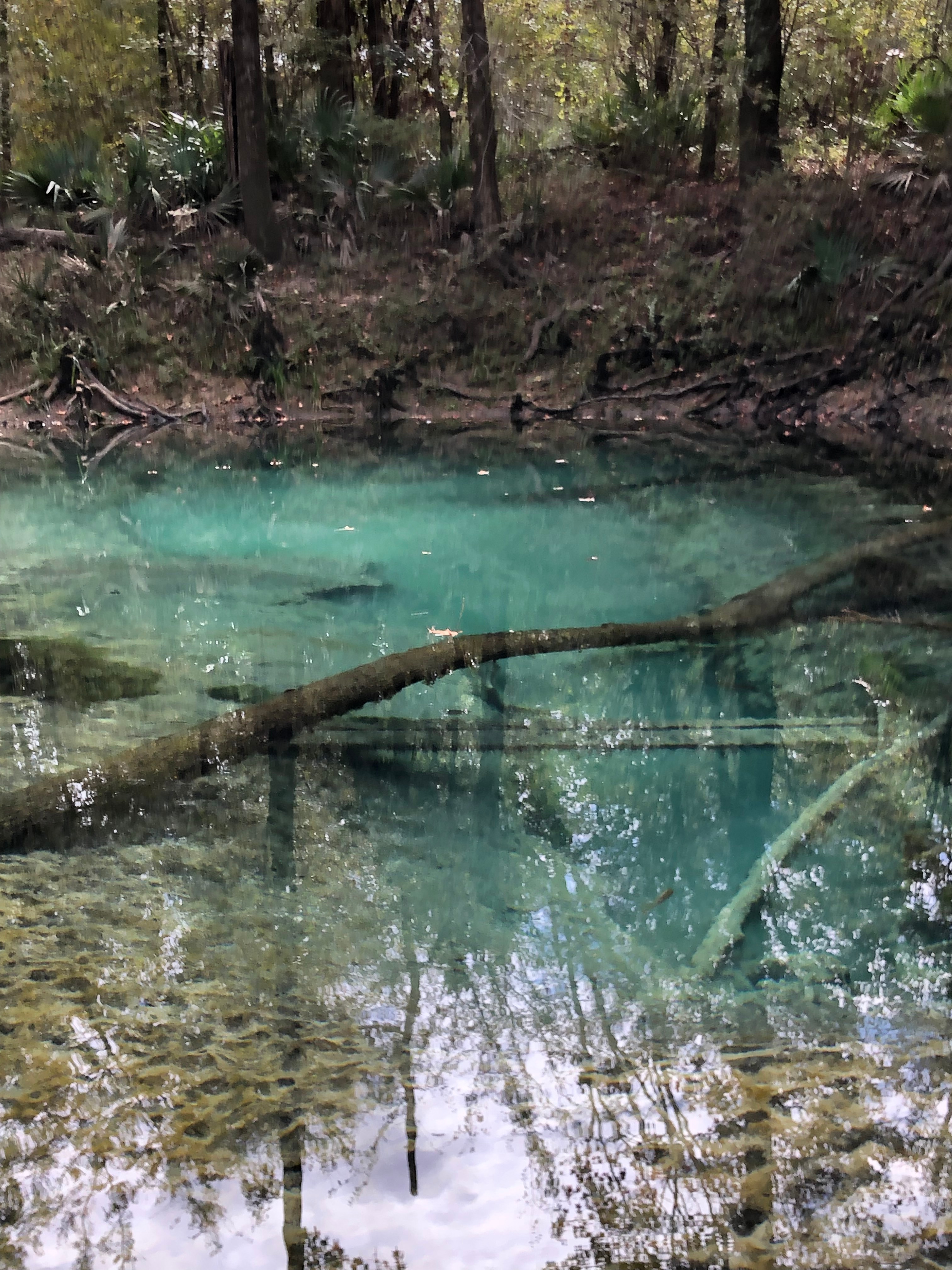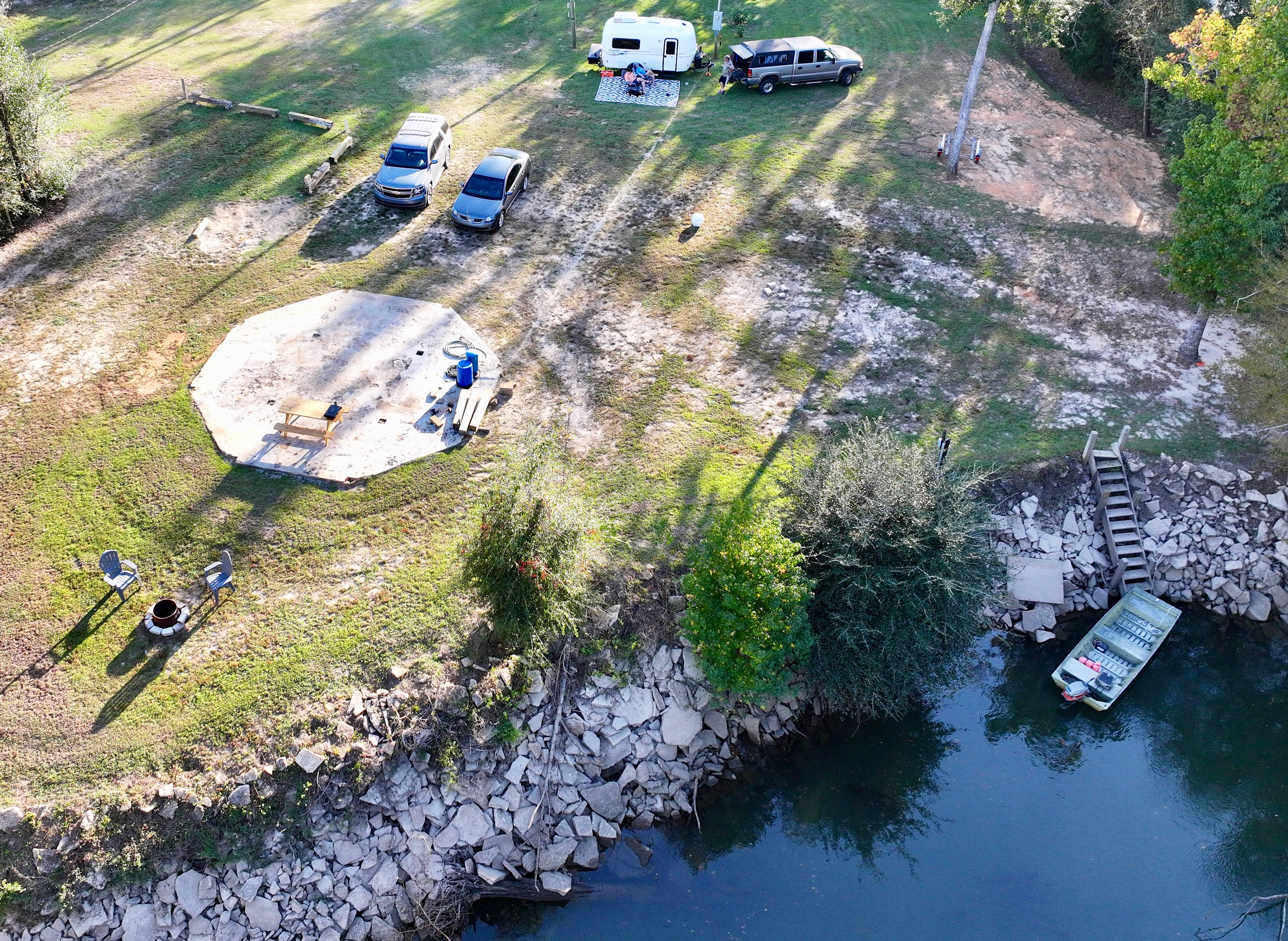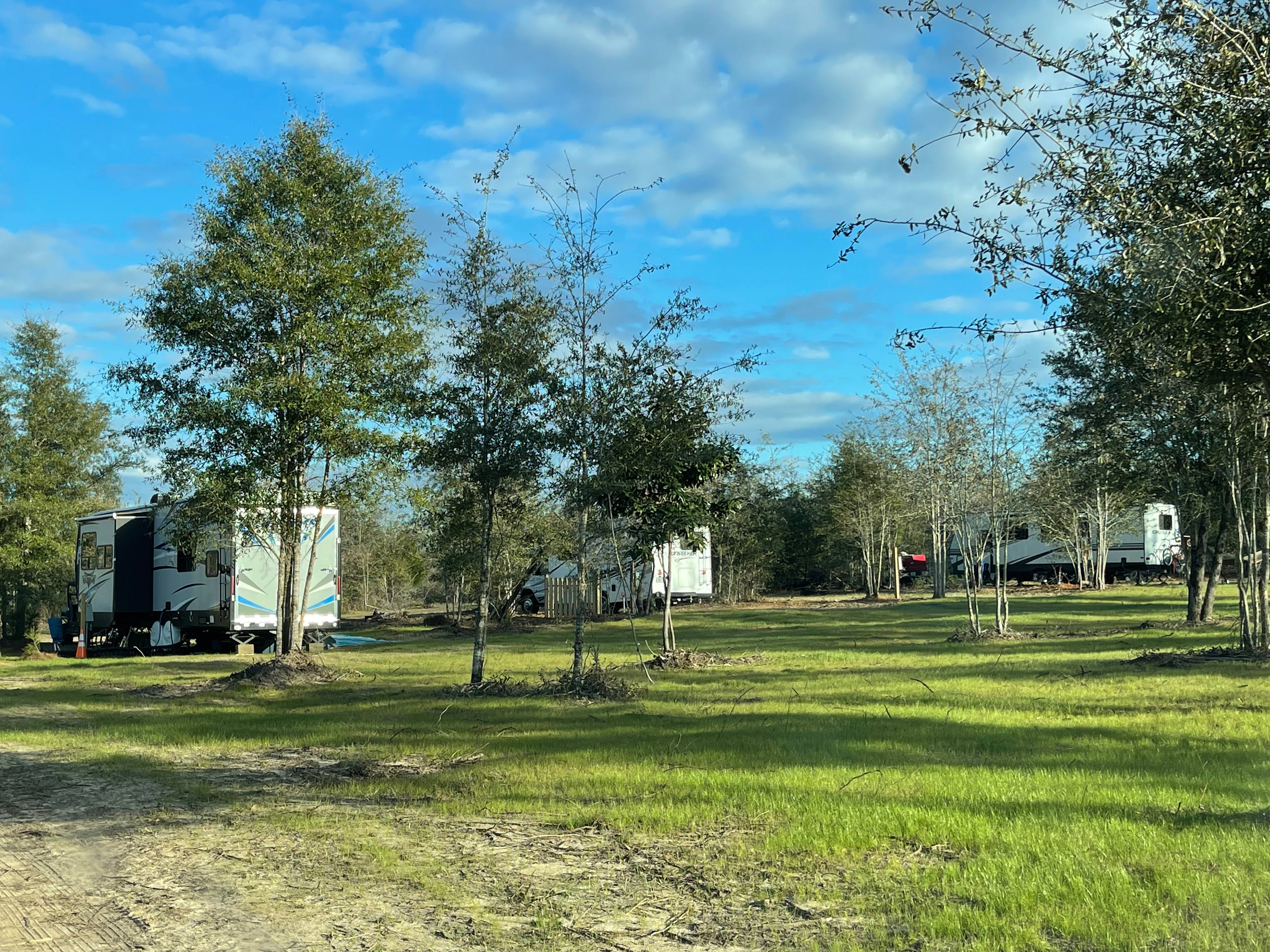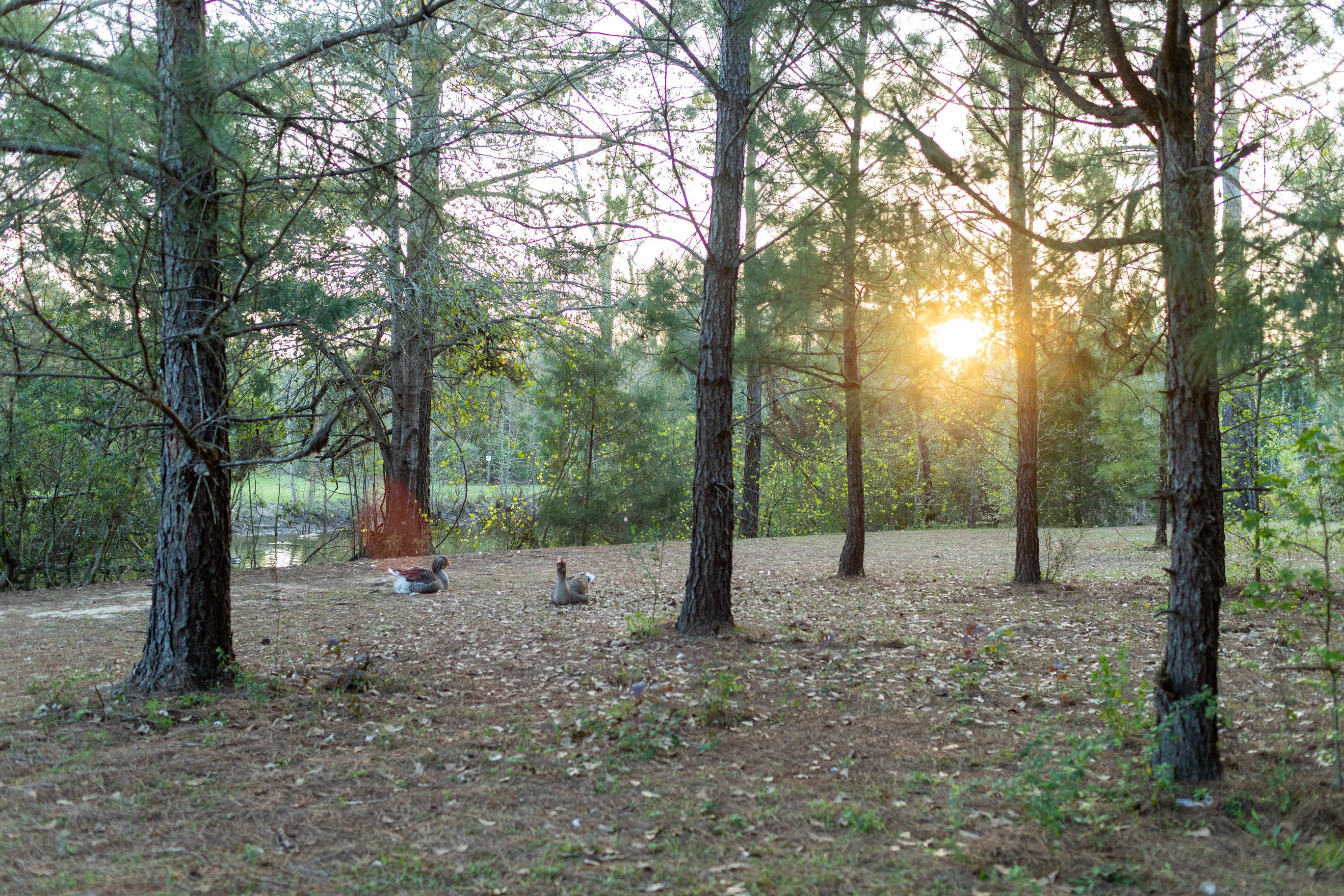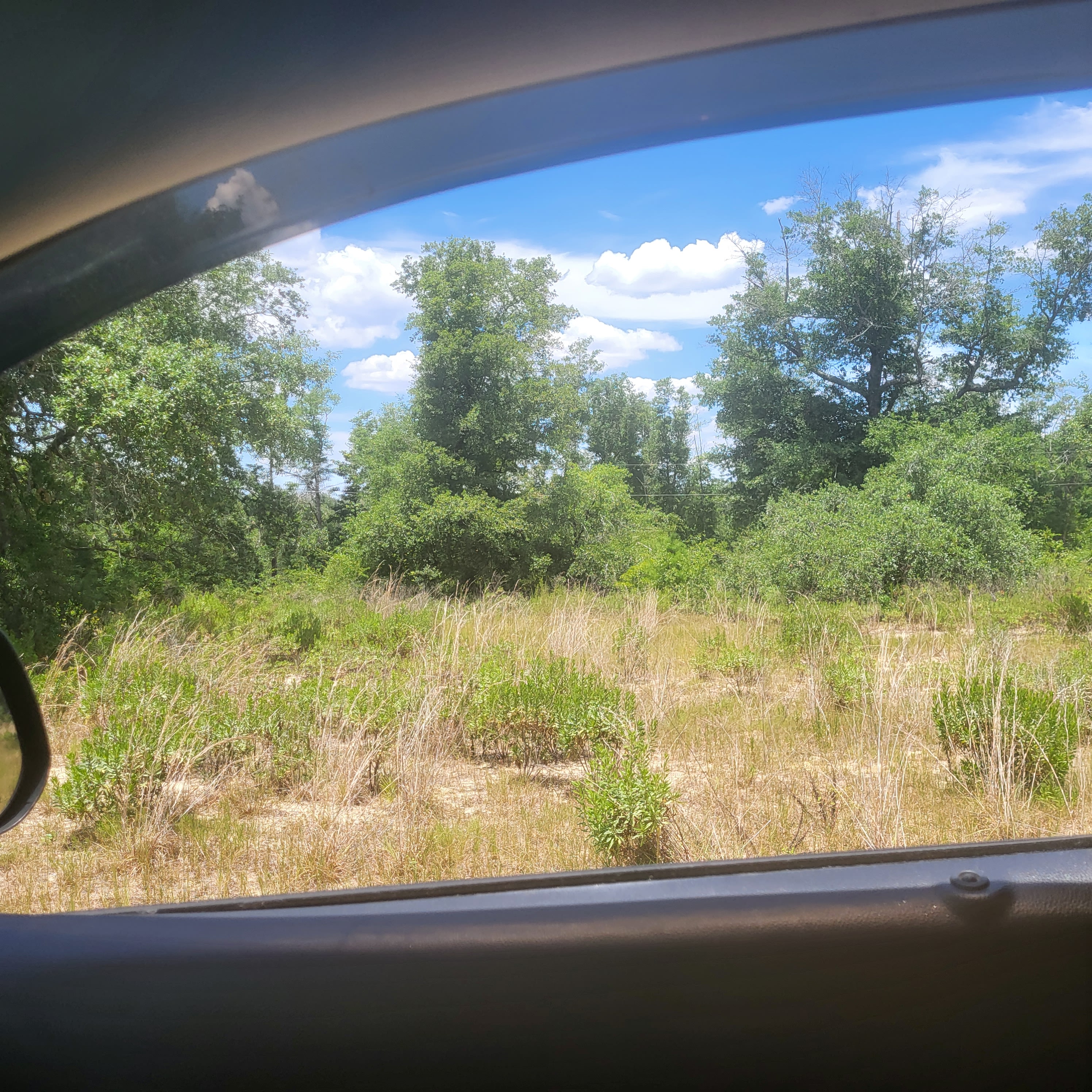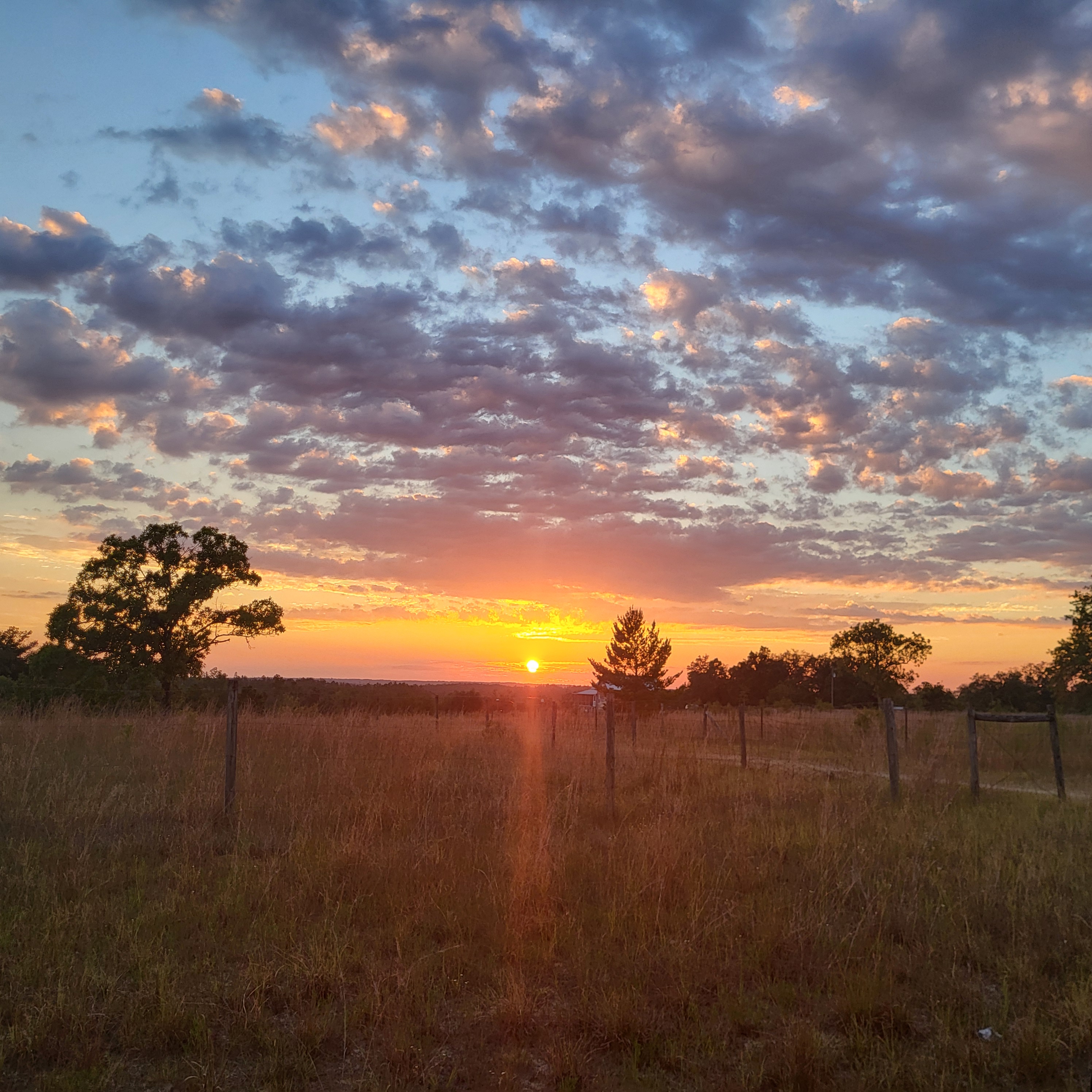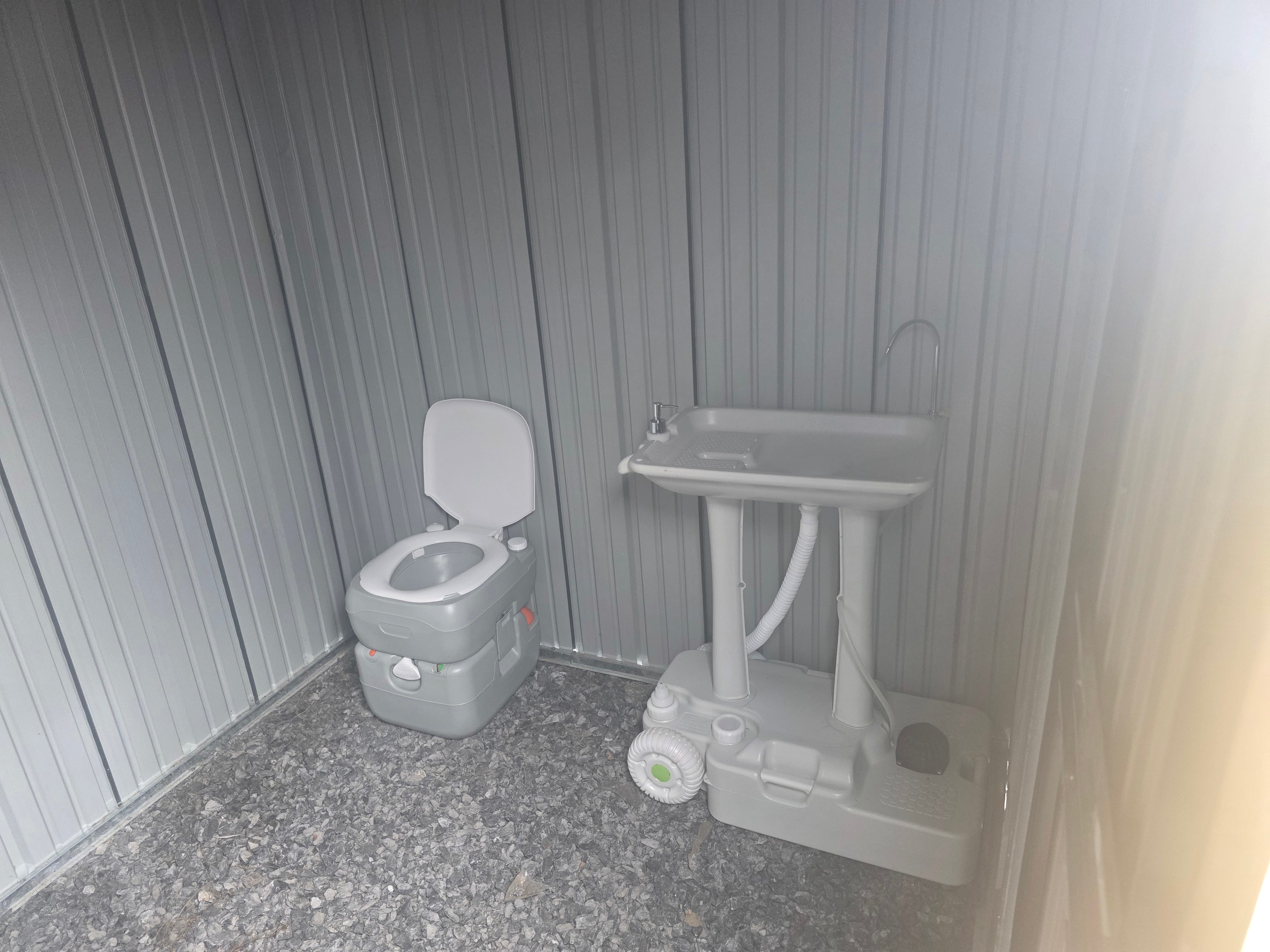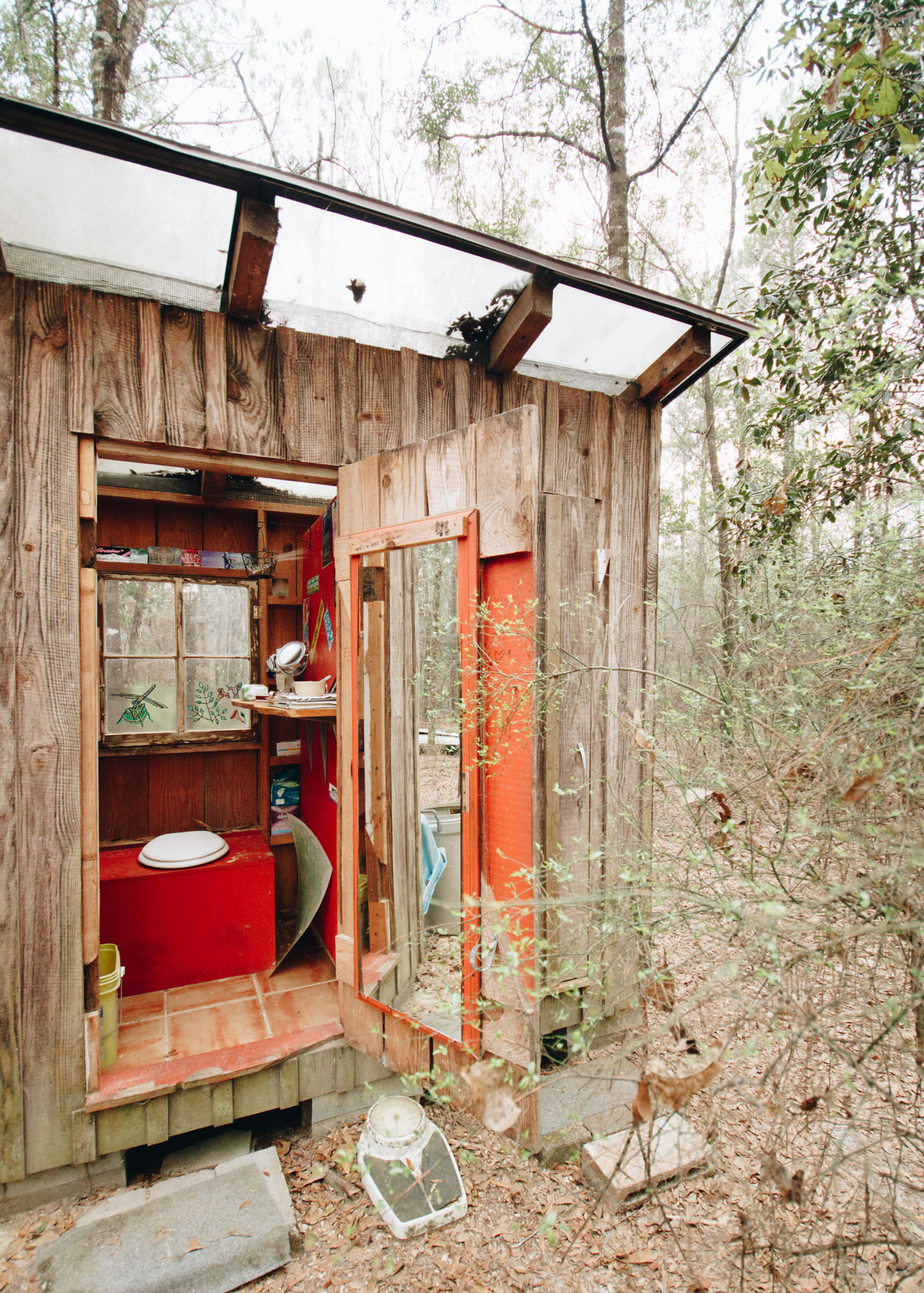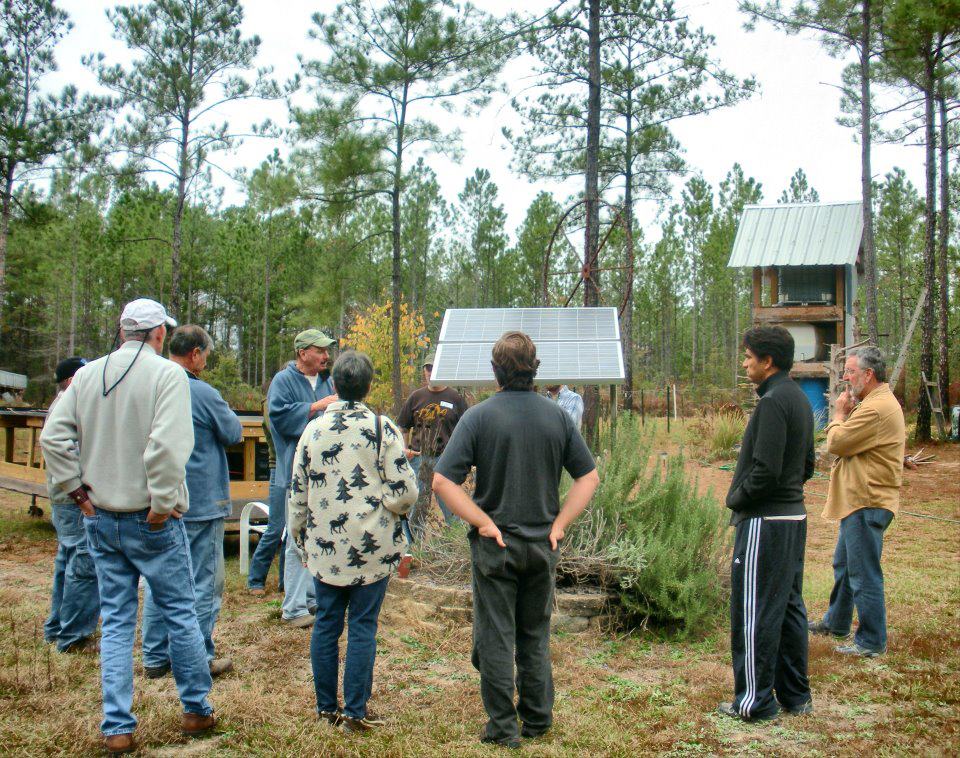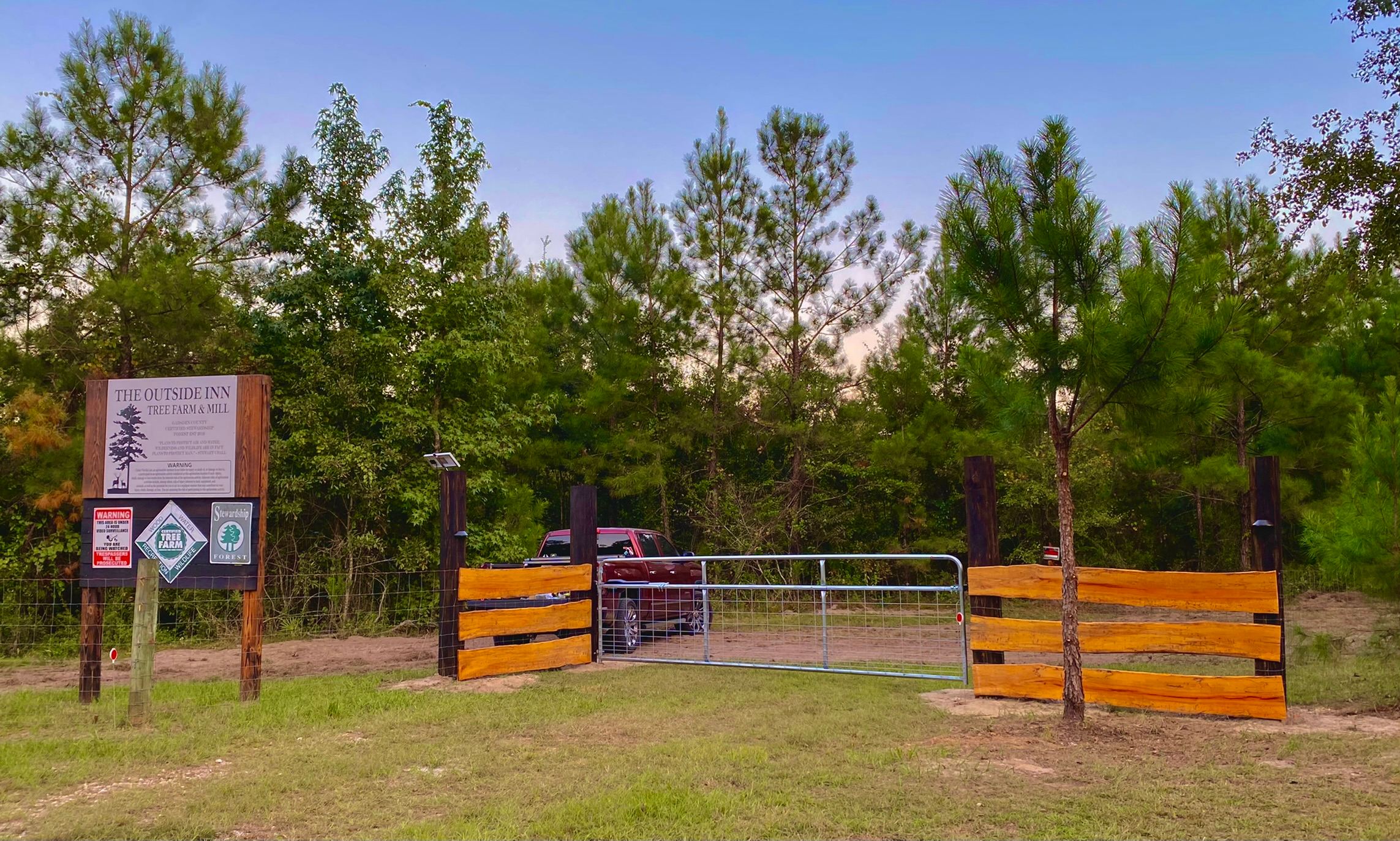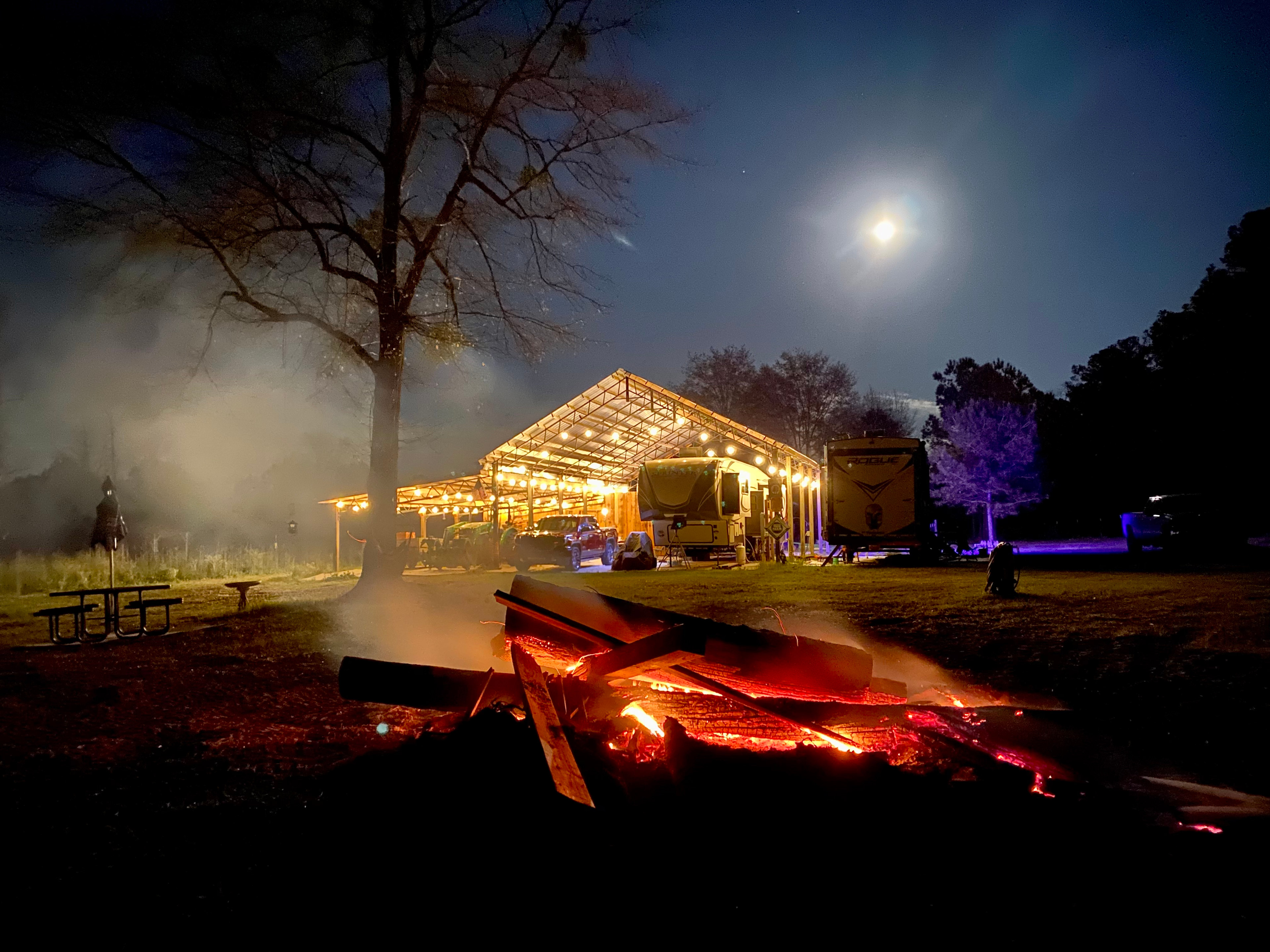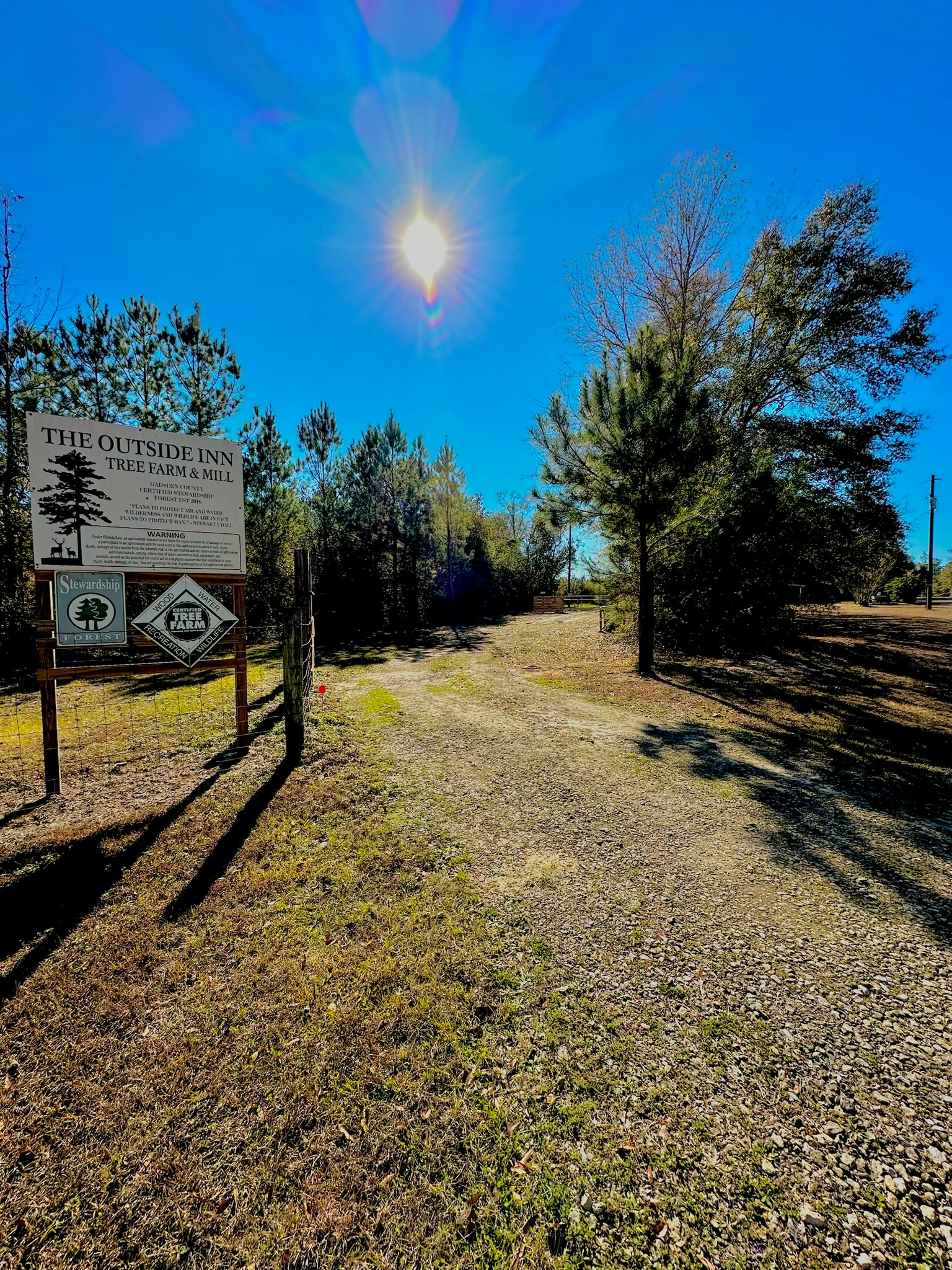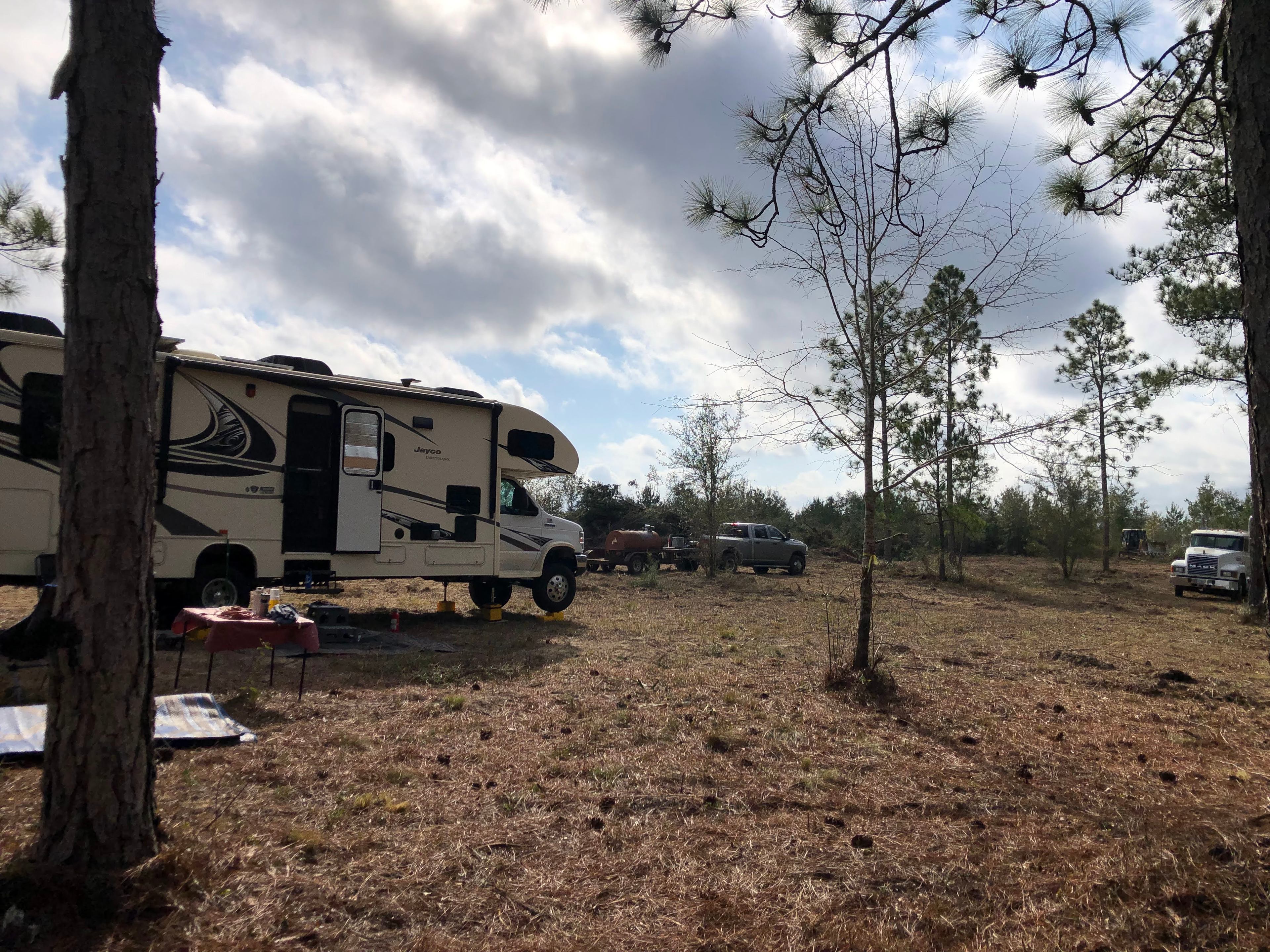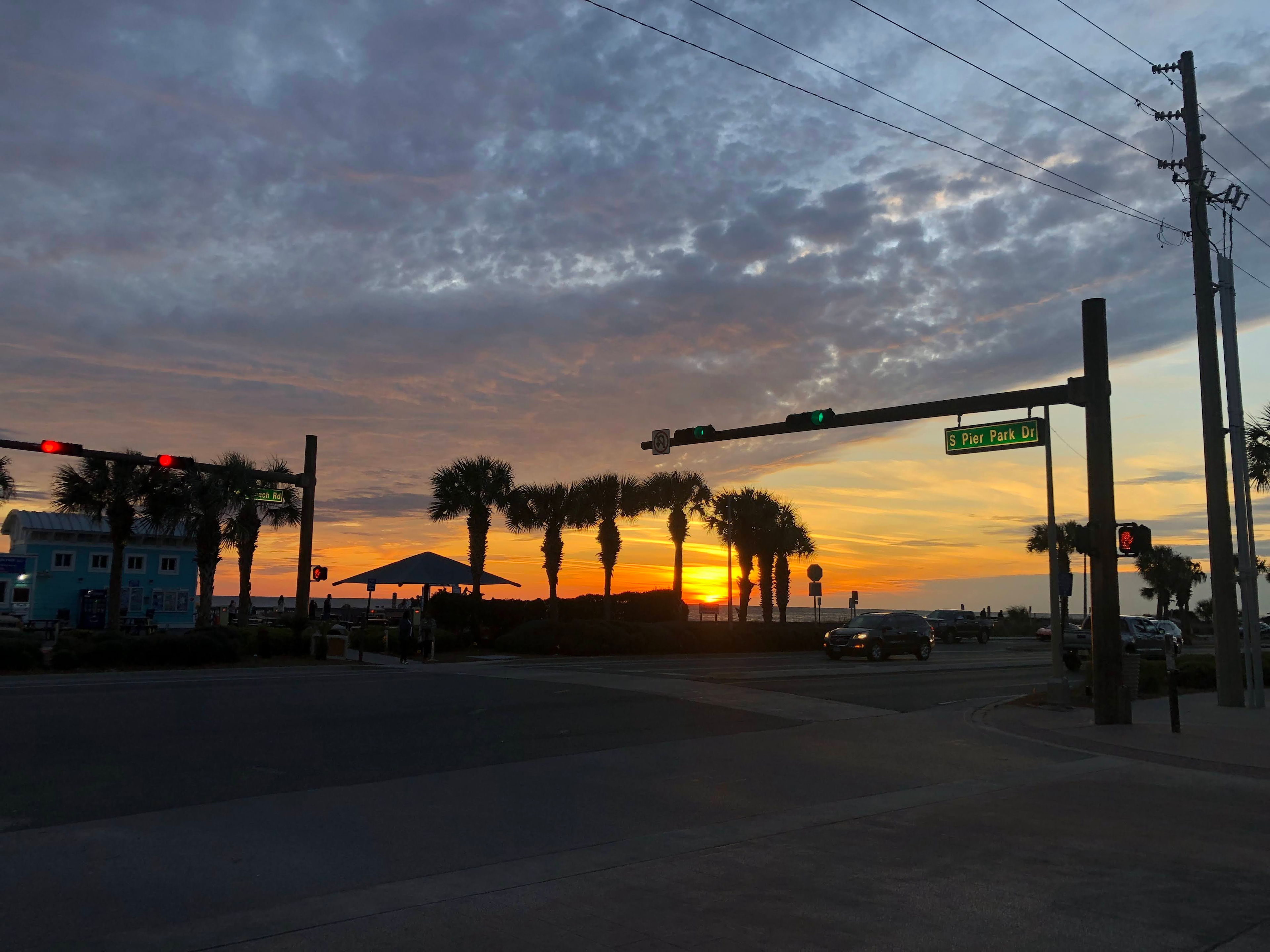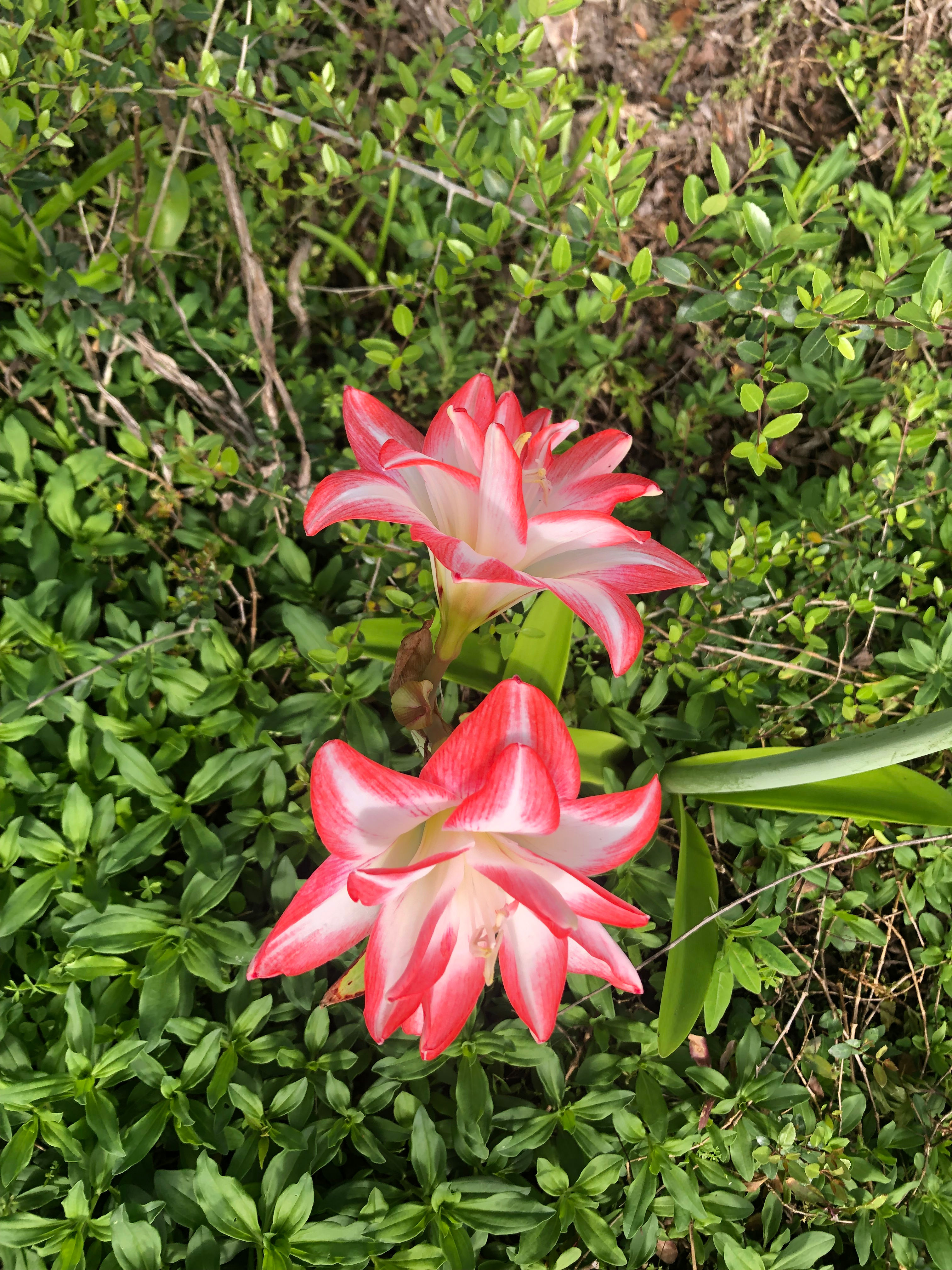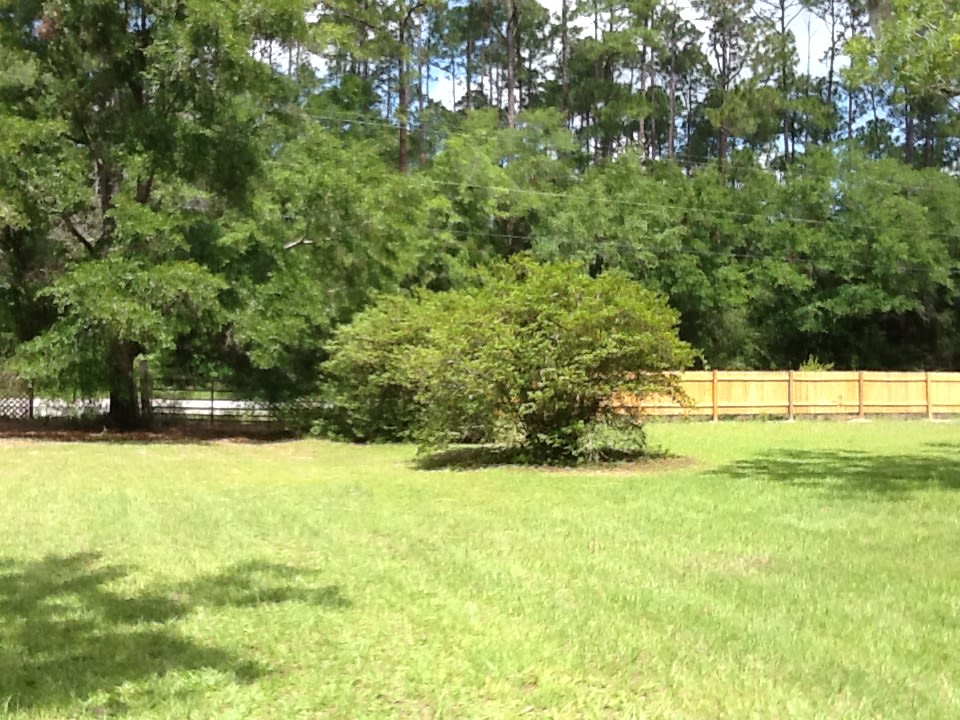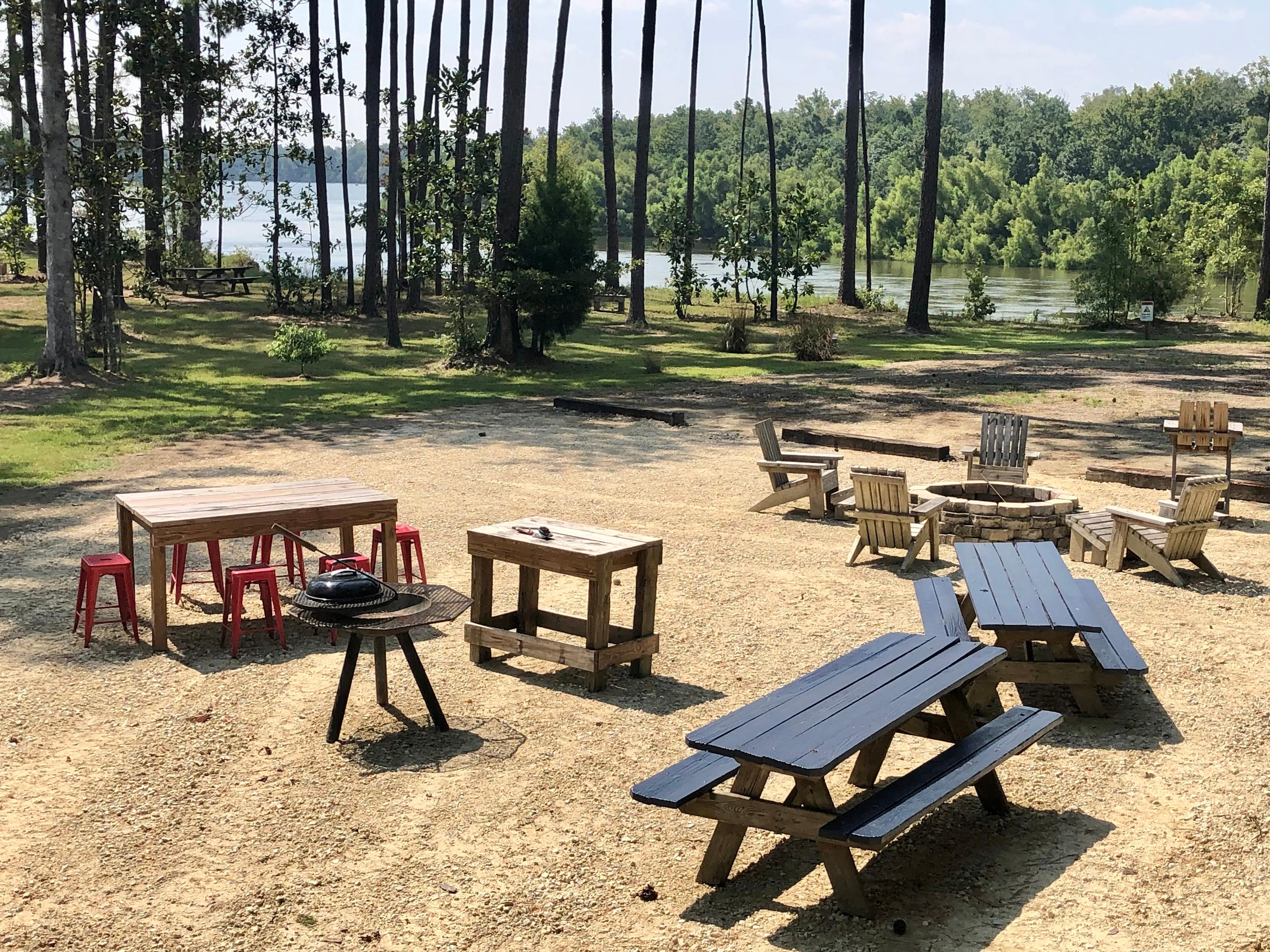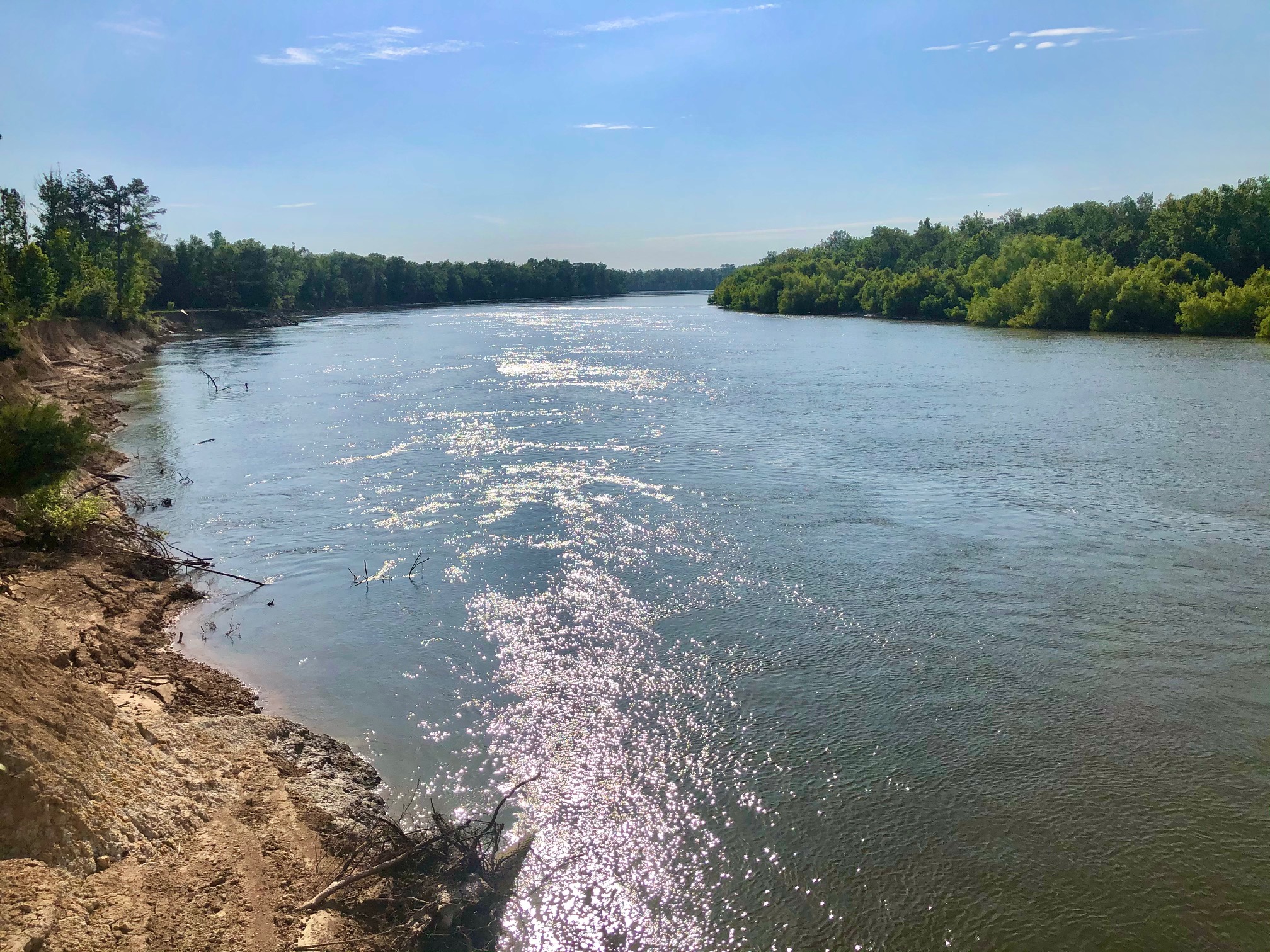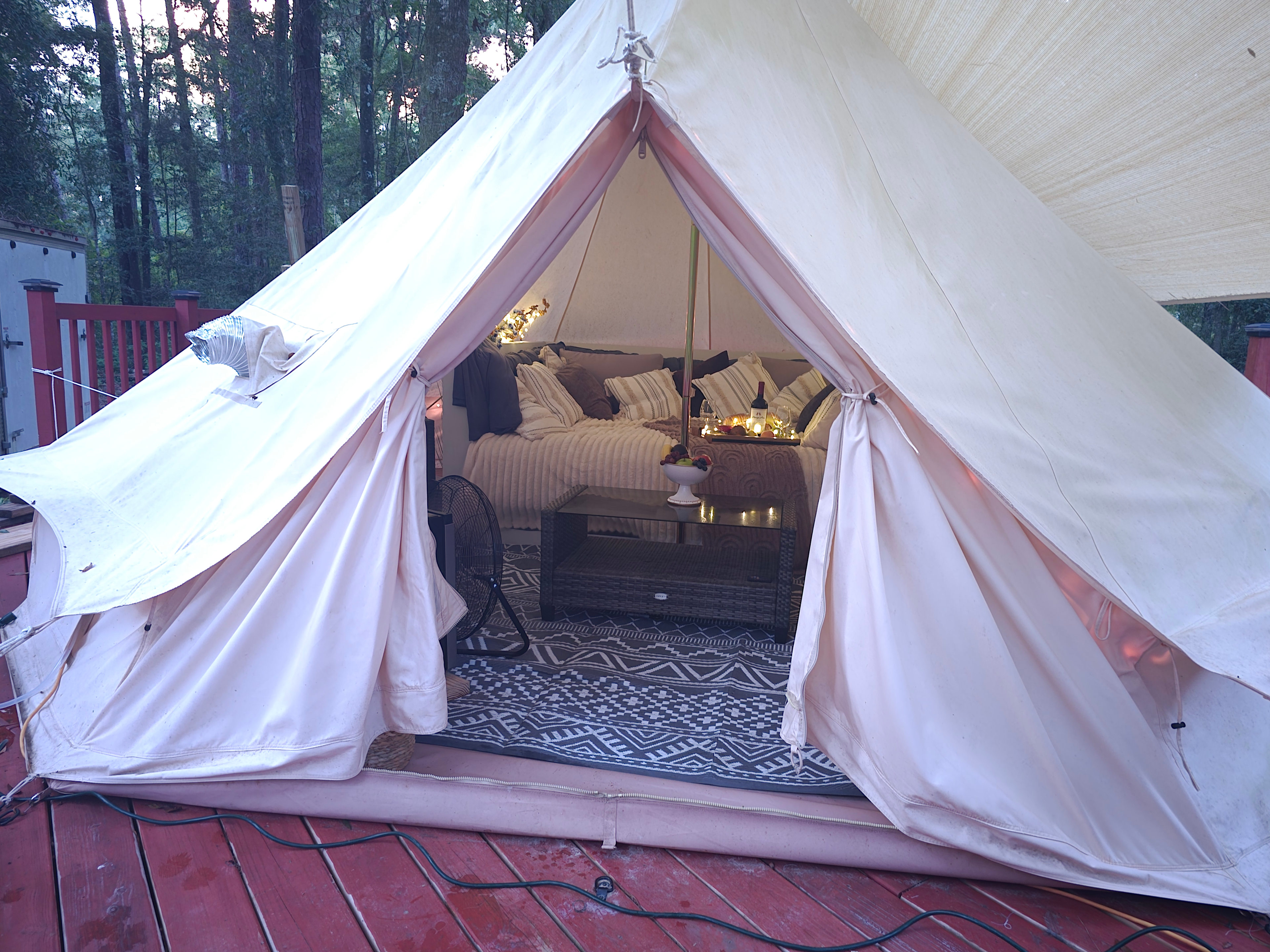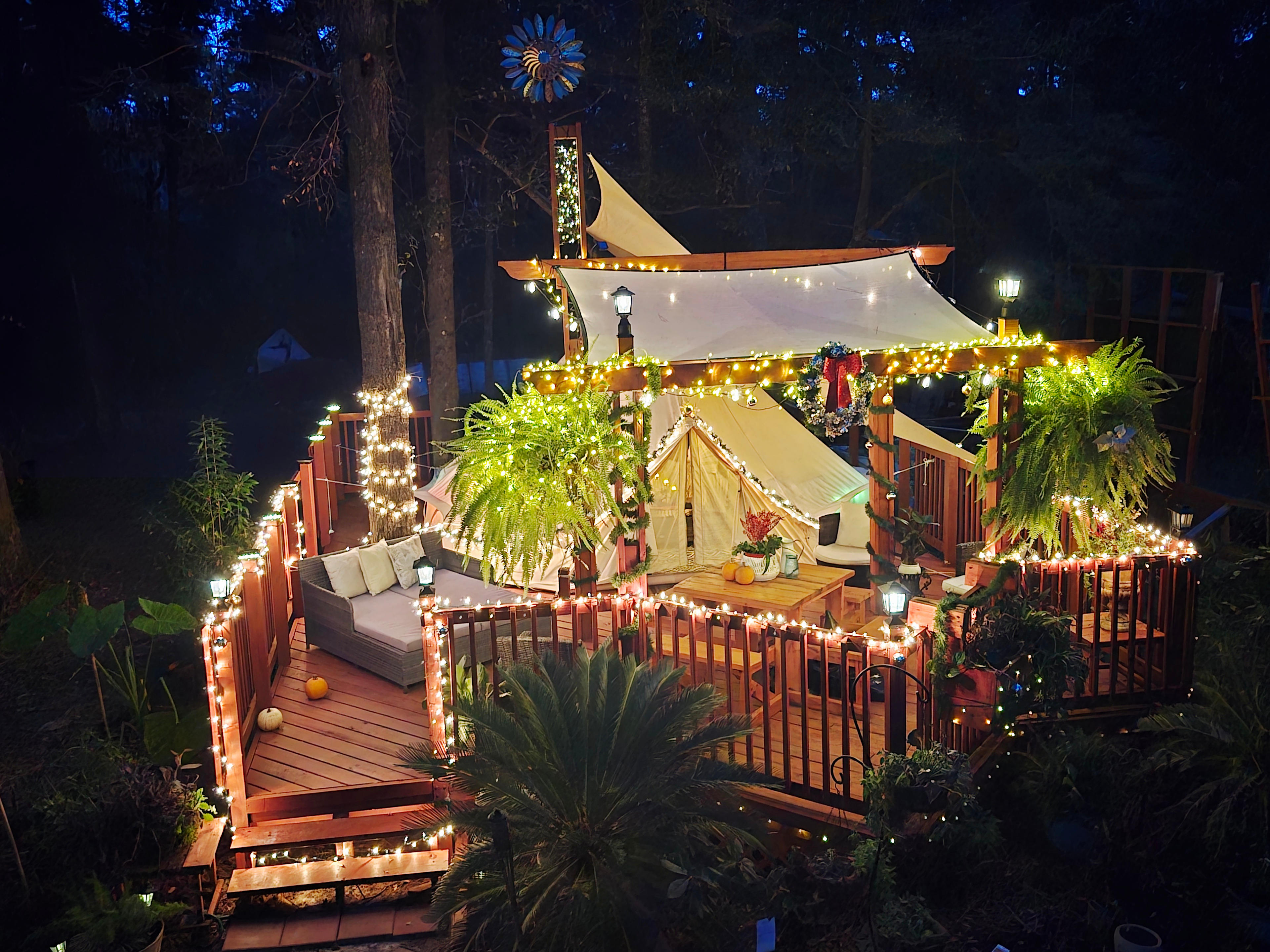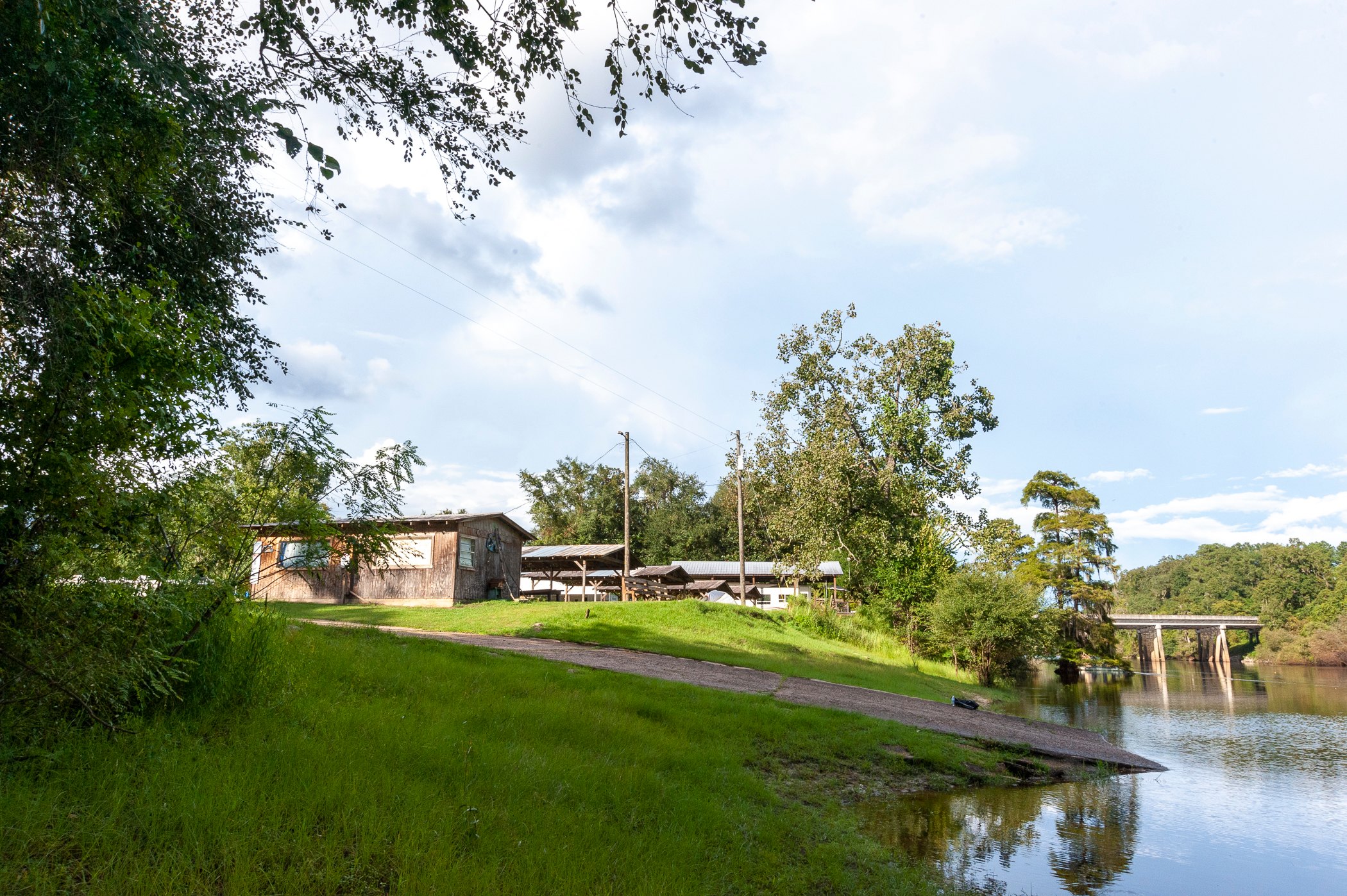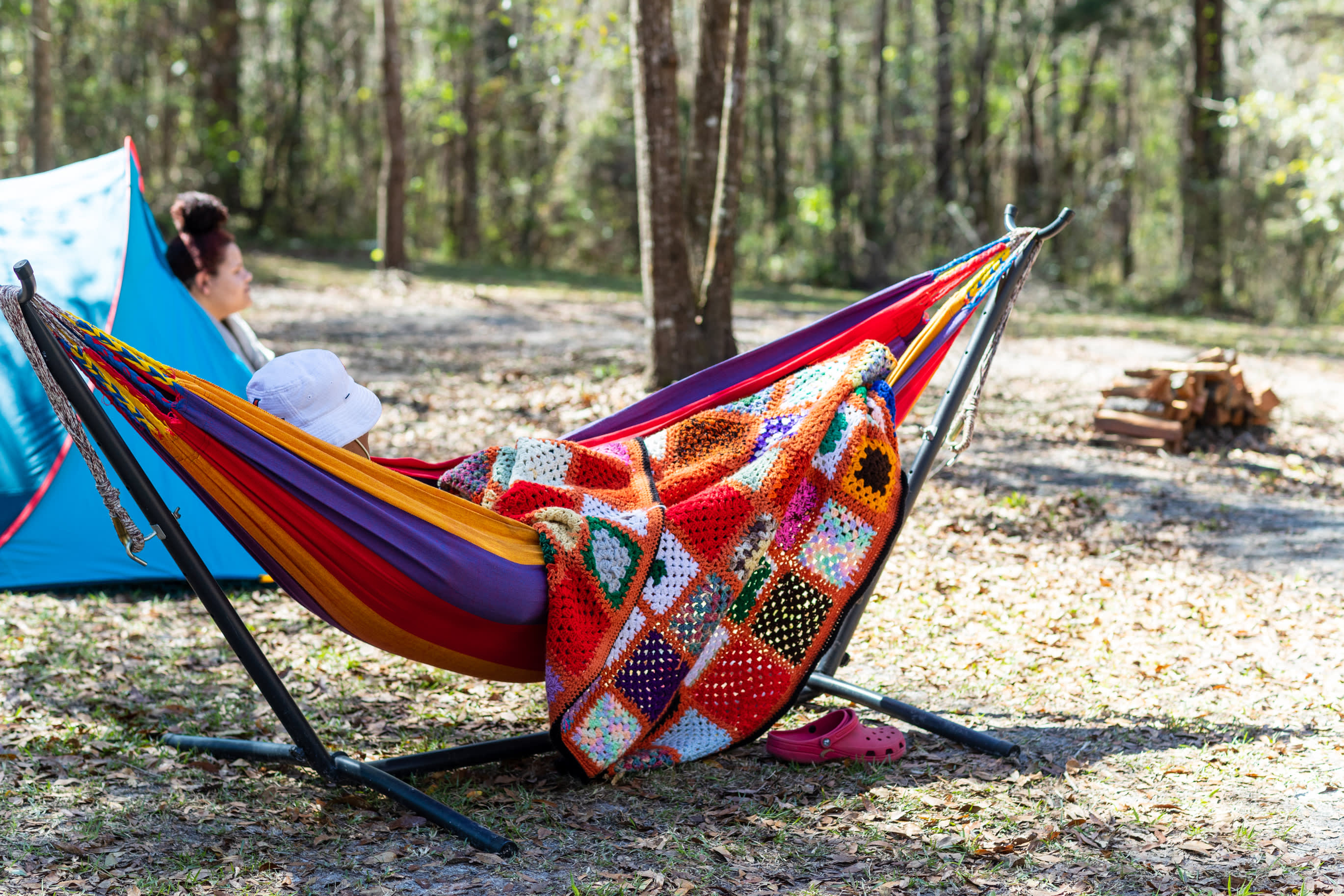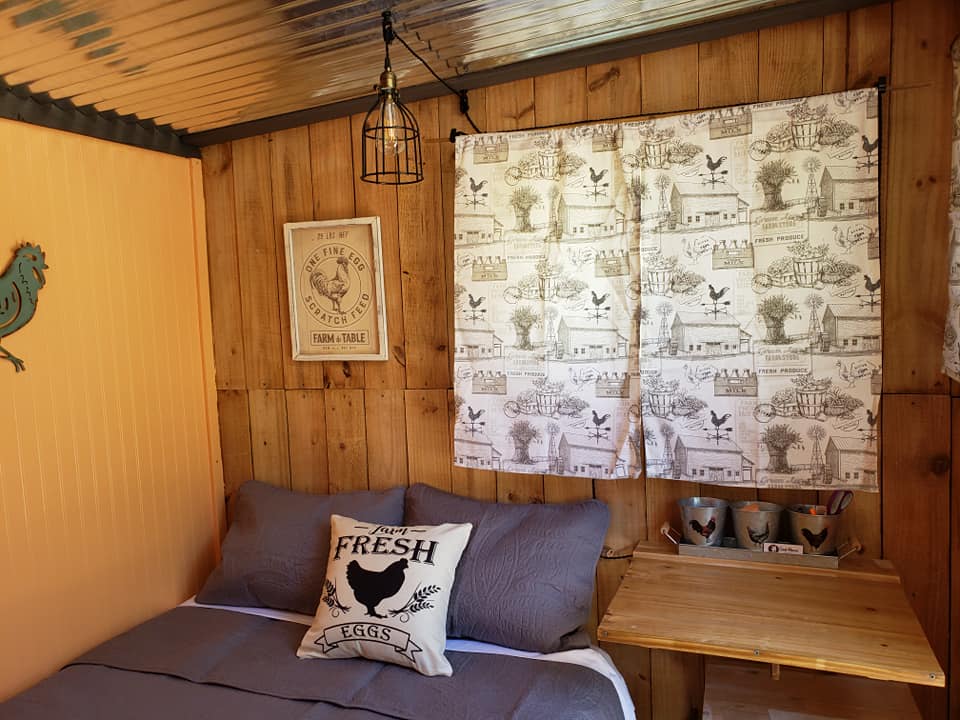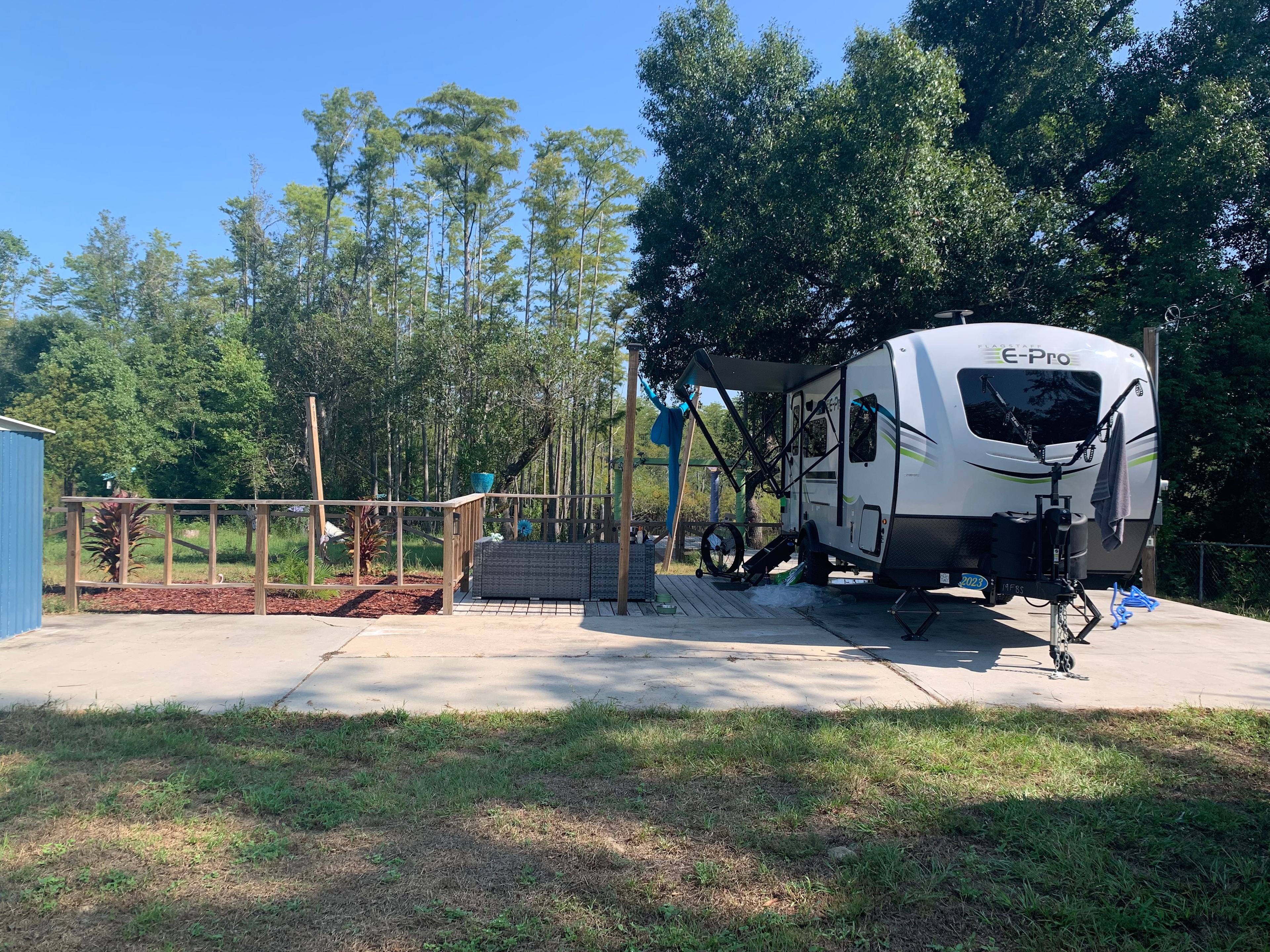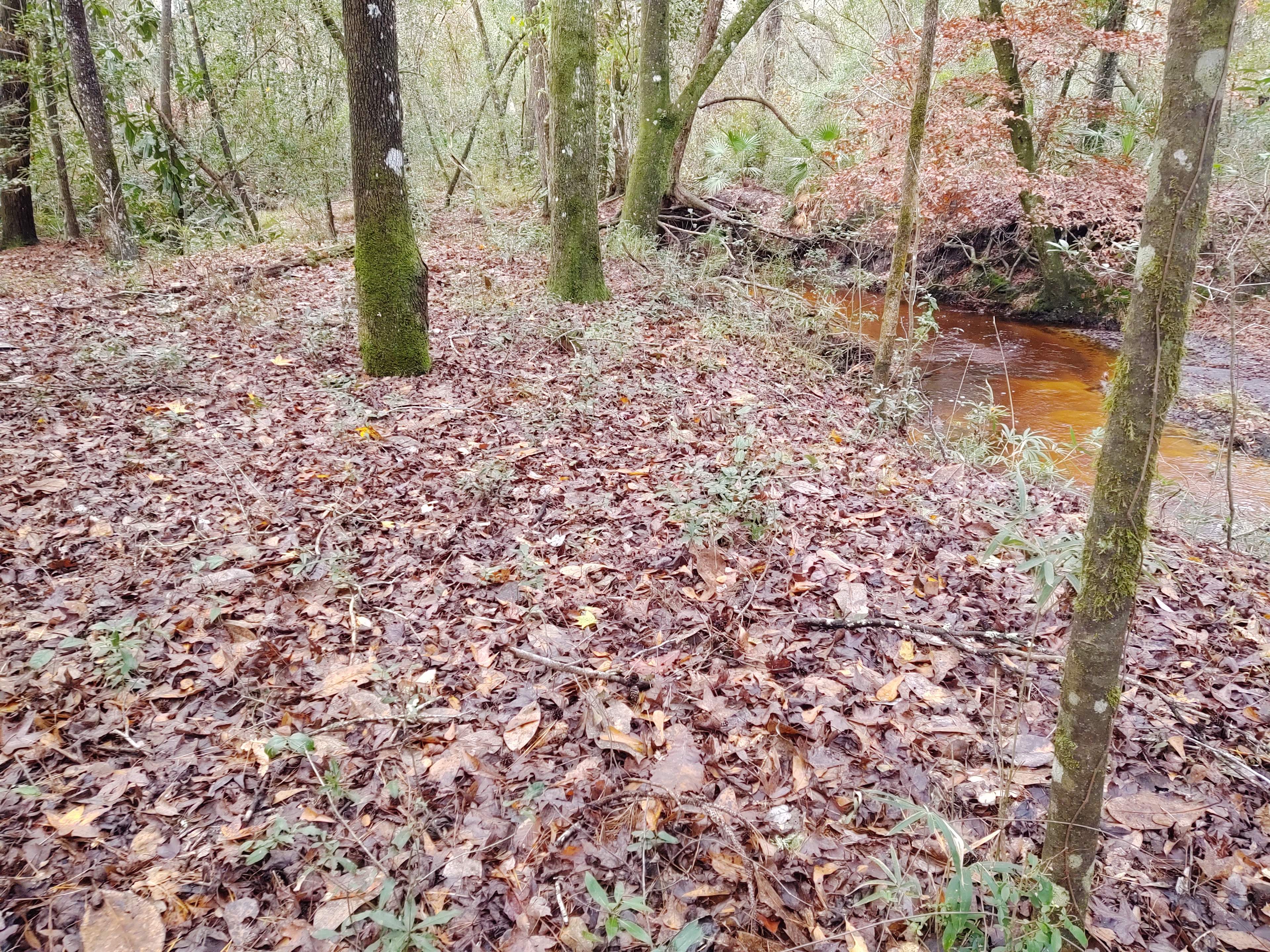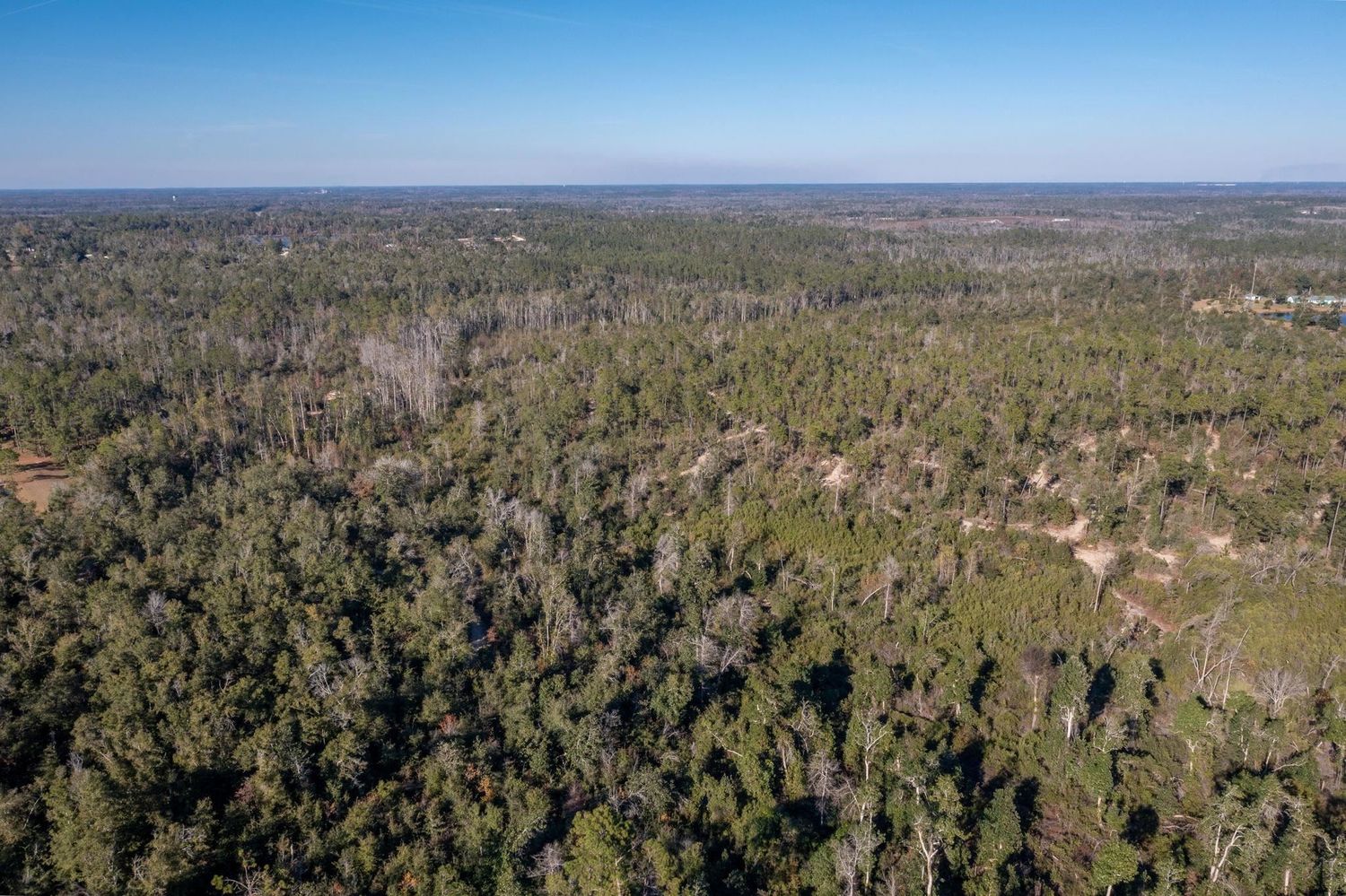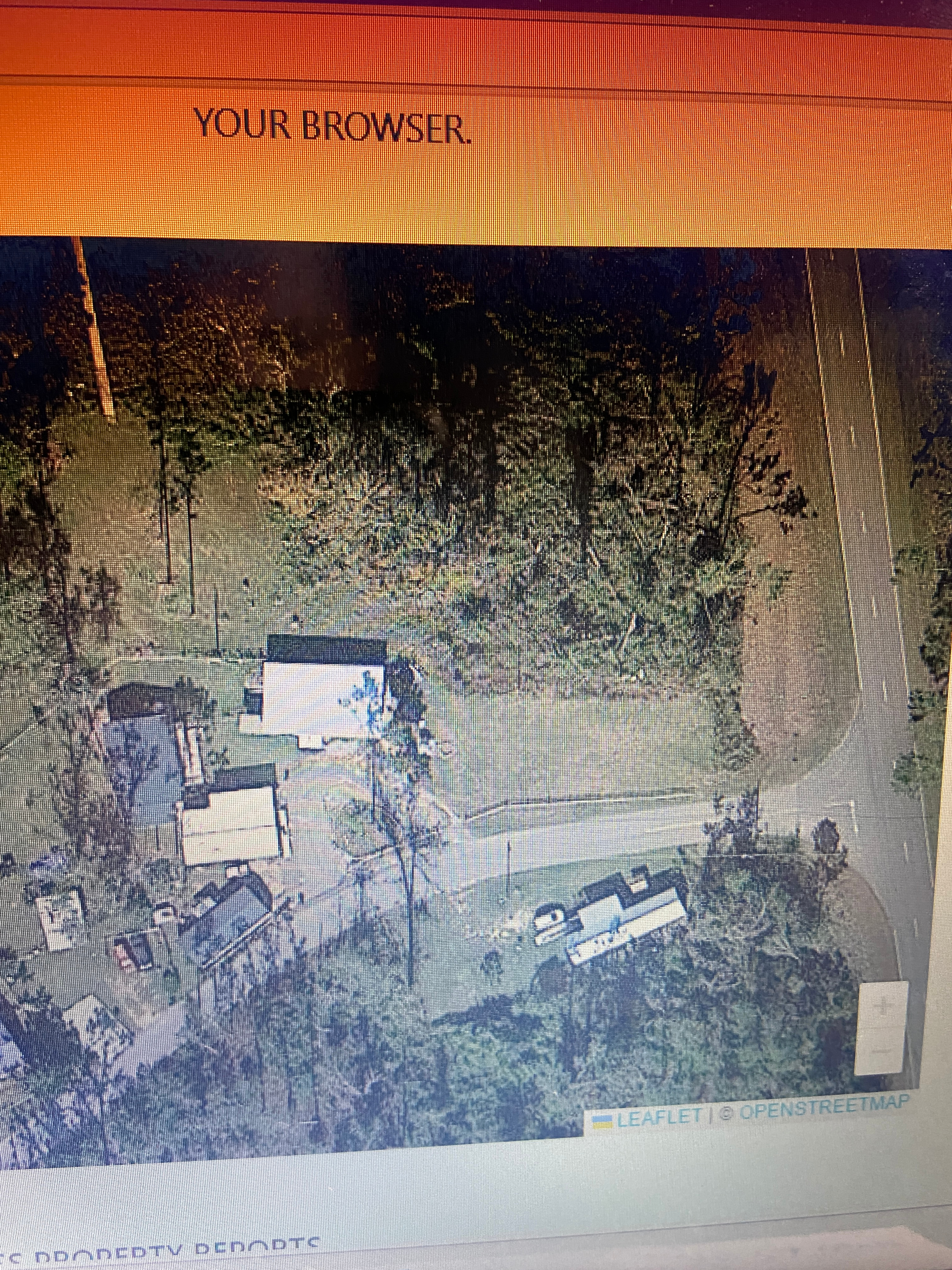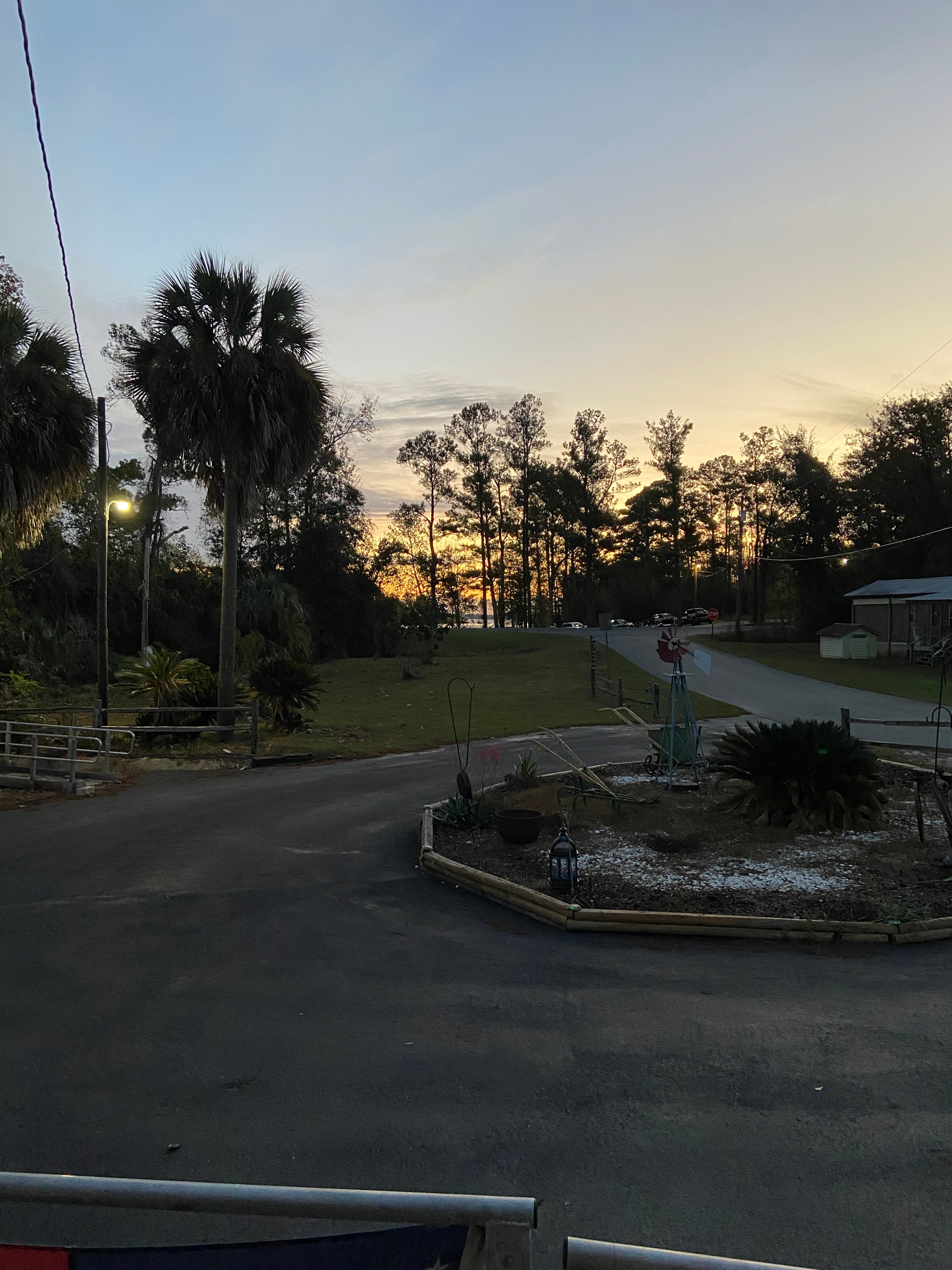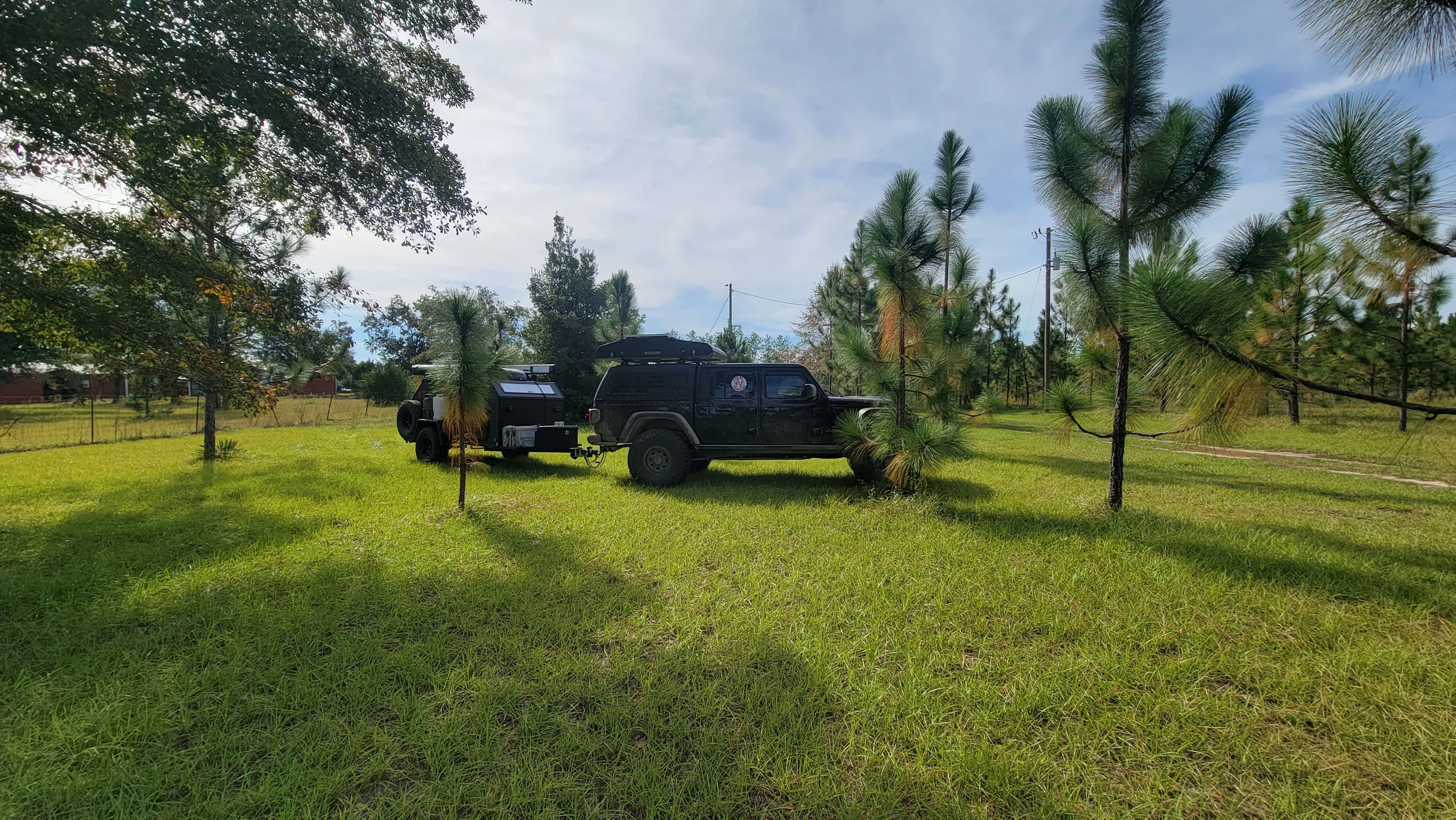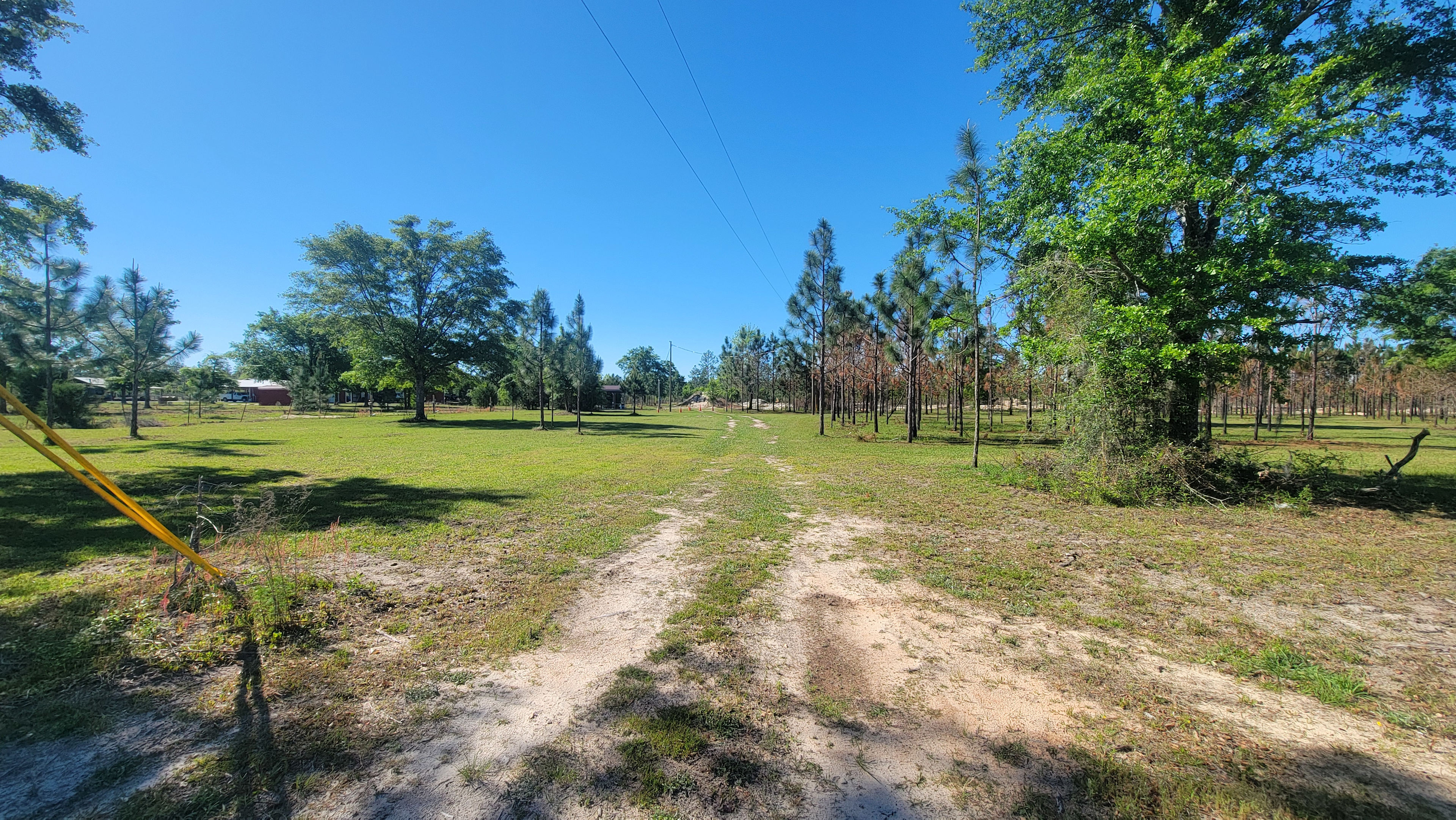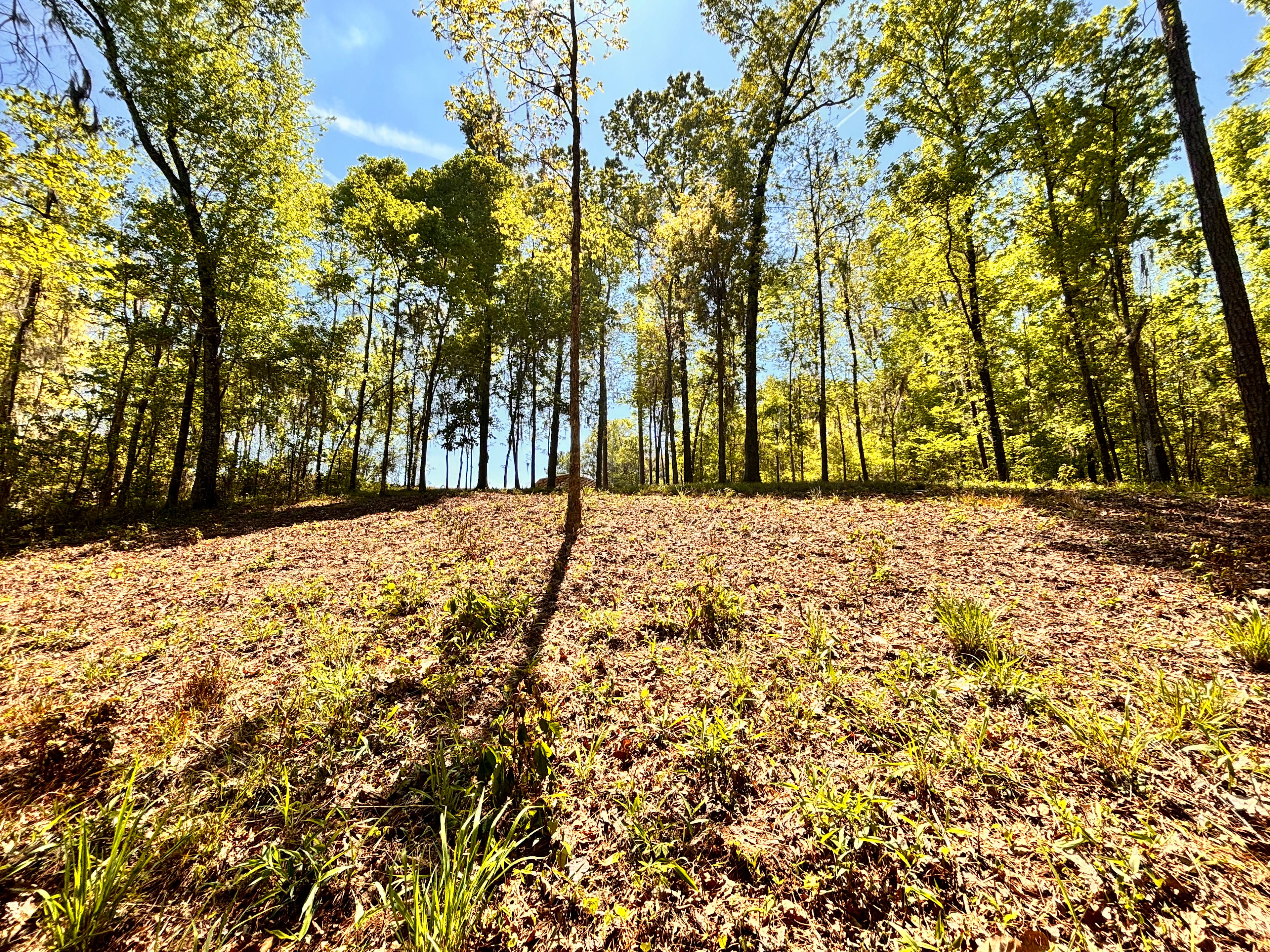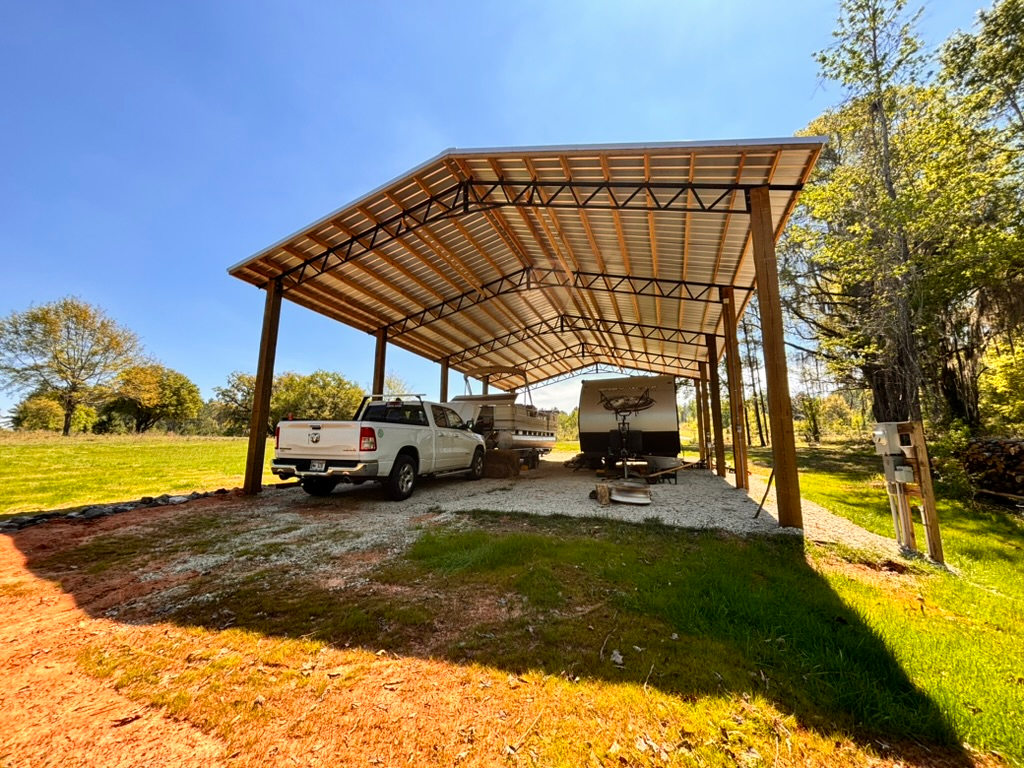- Florida Caverns State Park
The best camping in Florida Caverns State Park, FL
The best camping in Florida Caverns State Park, FL
Discover the most magical spots to pitch your tent or park your rig on your next Florida Caverns State Park adventure.
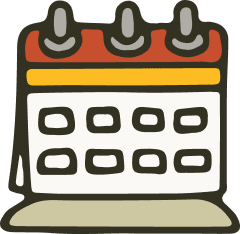
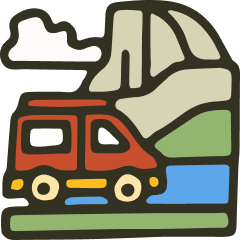

Top-rated campgrounds near Florida Caverns State Park
Recent reviews from the Hipcamp community
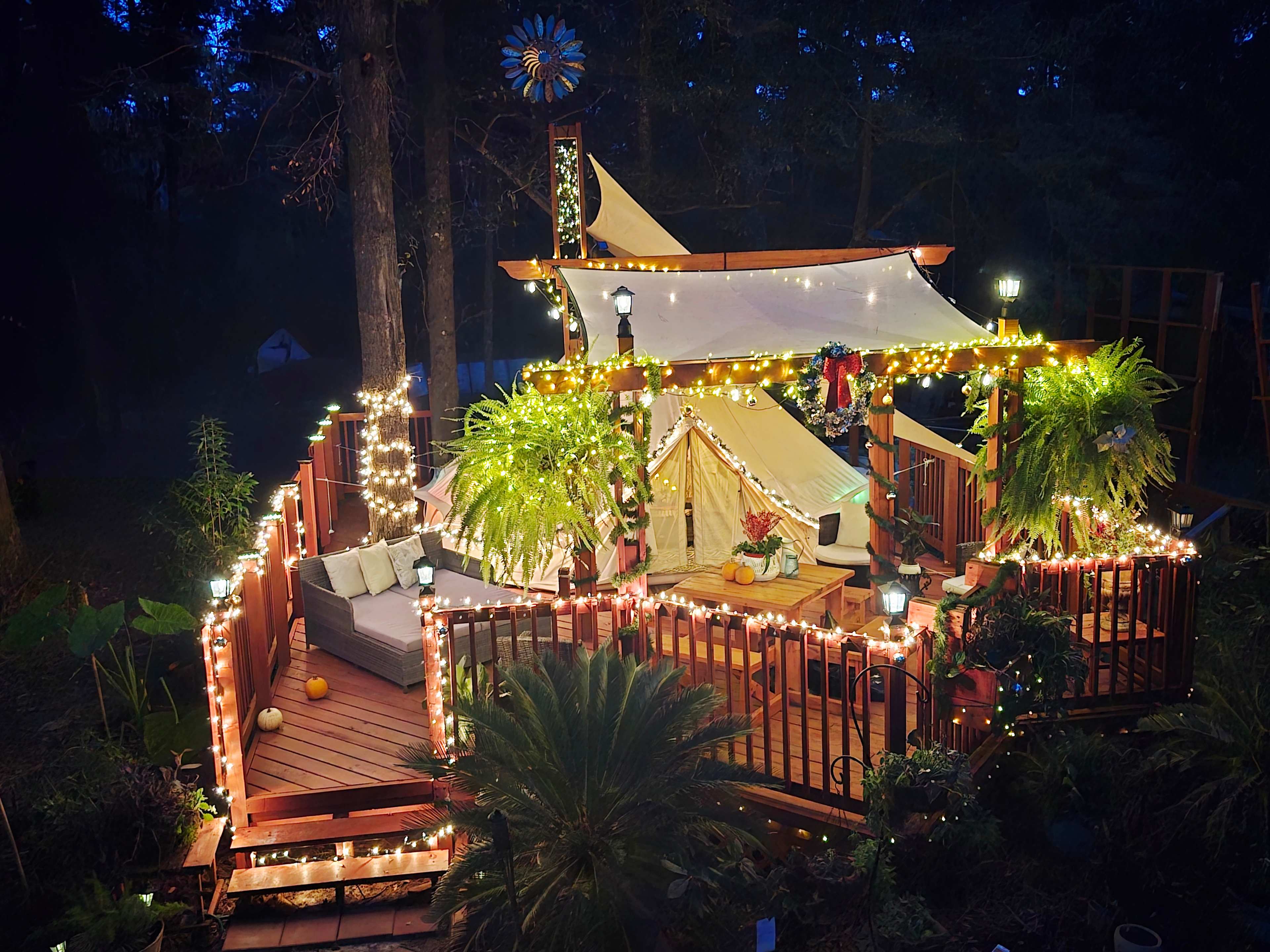
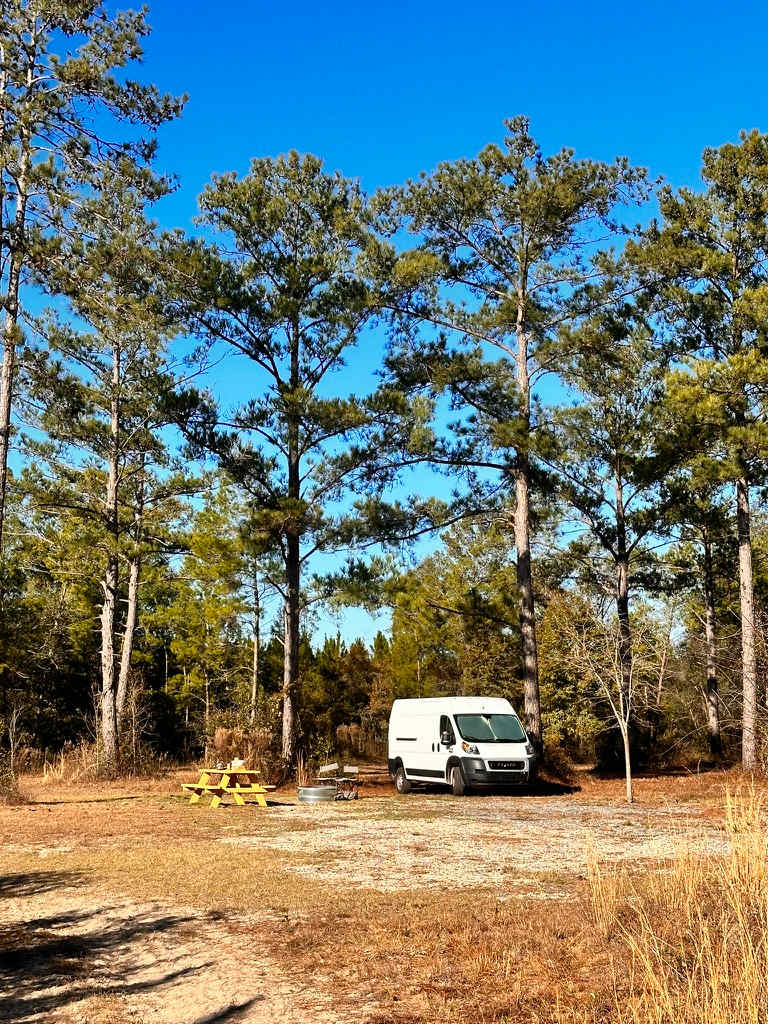
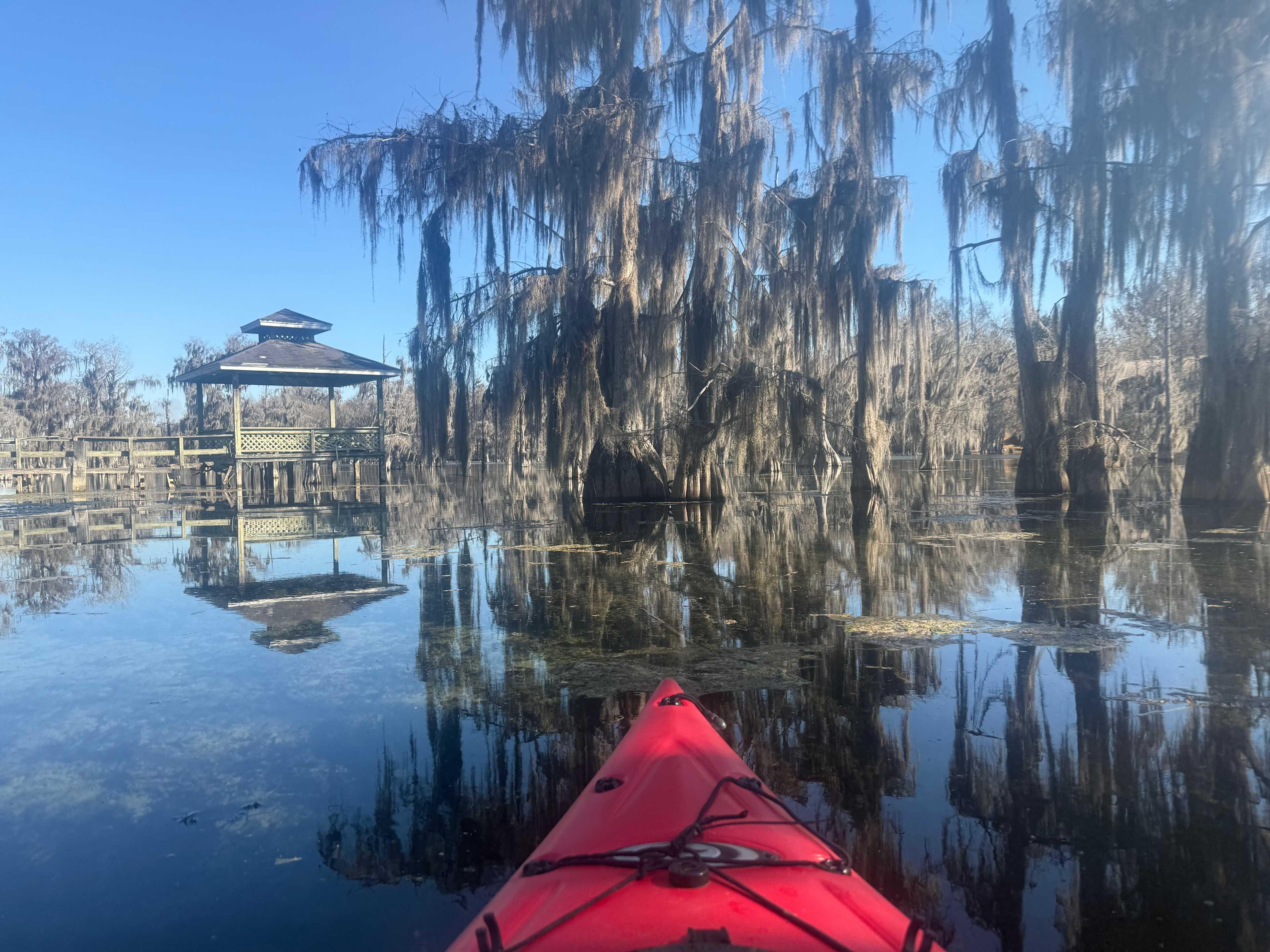

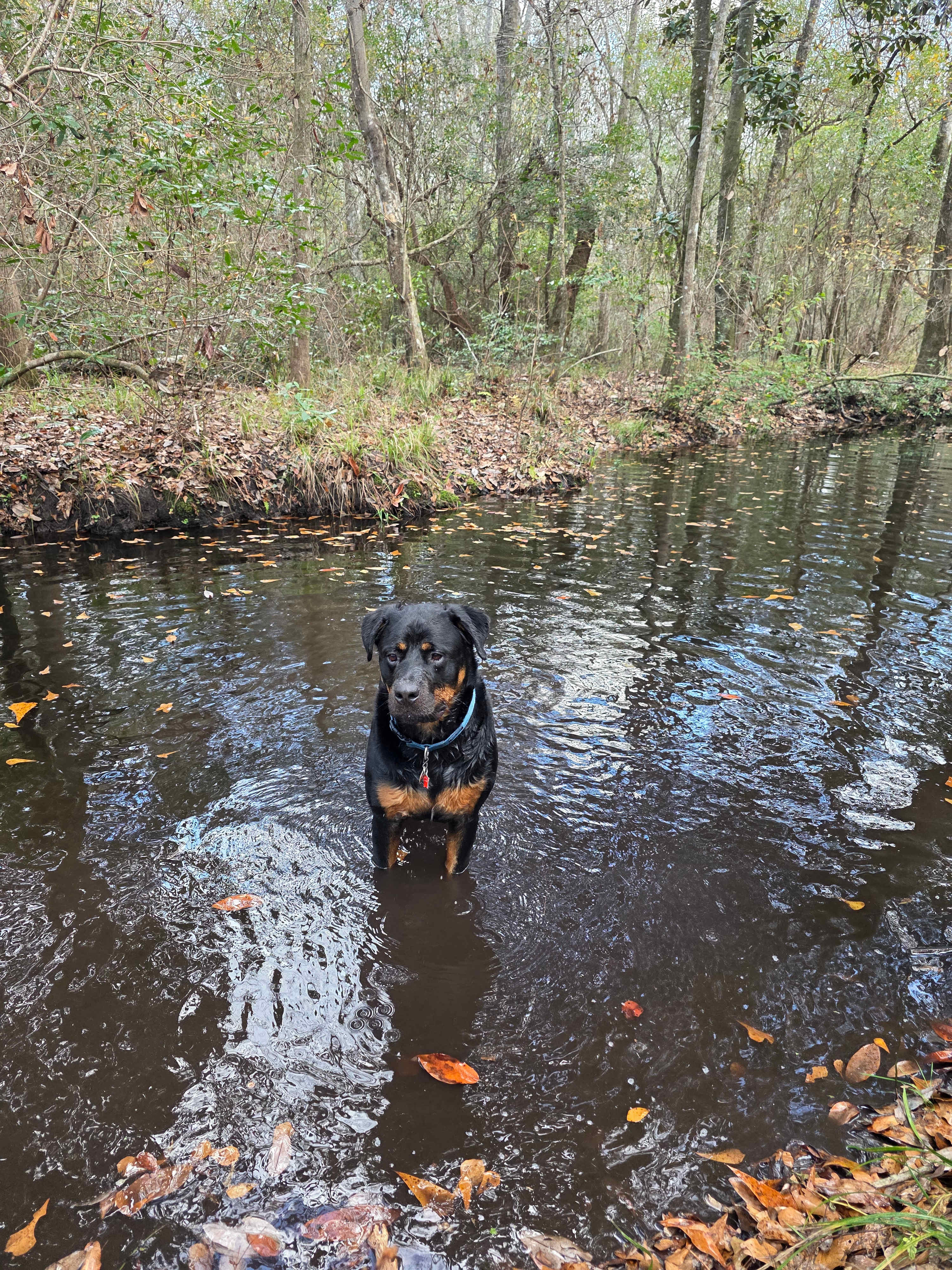
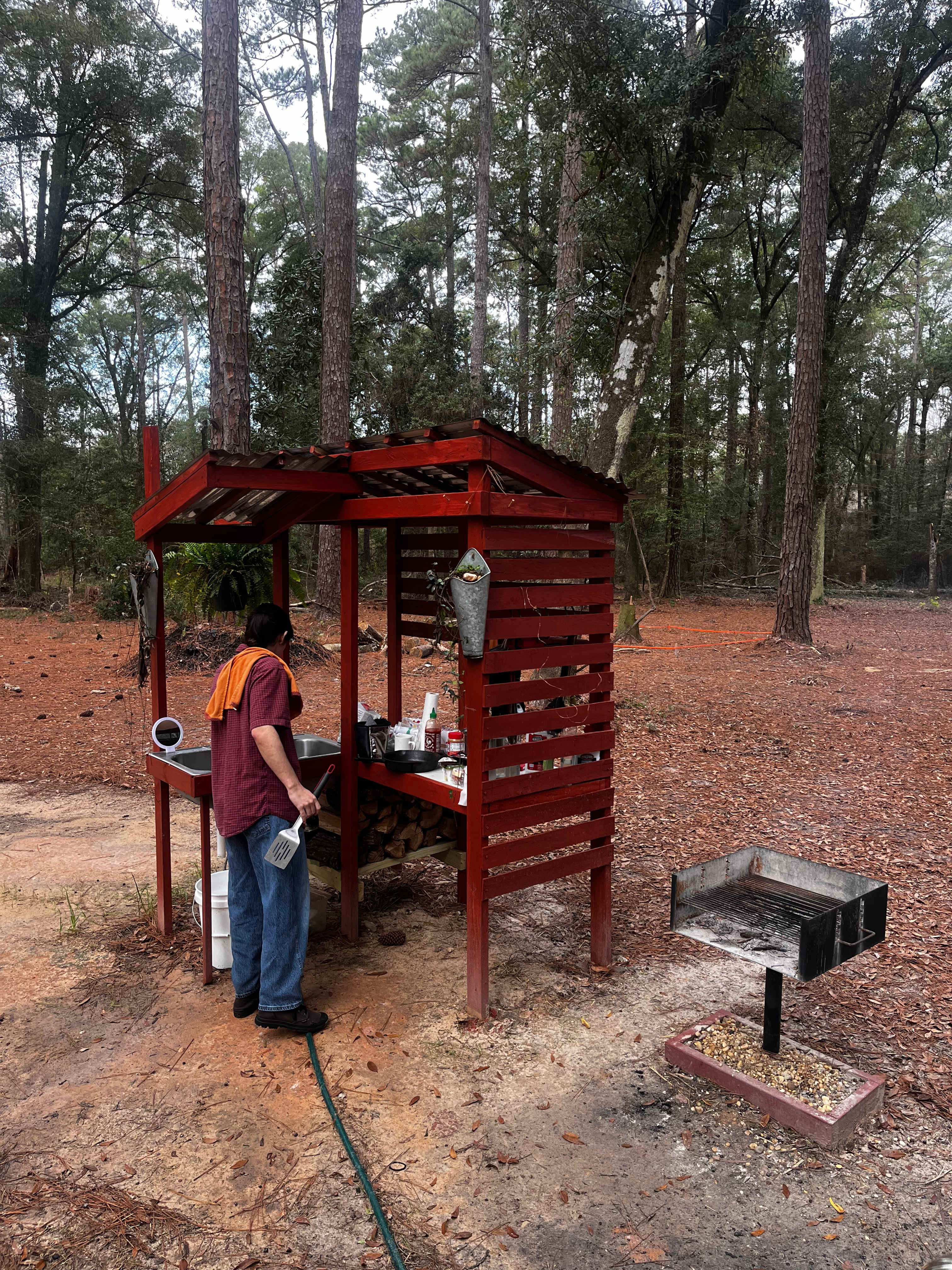
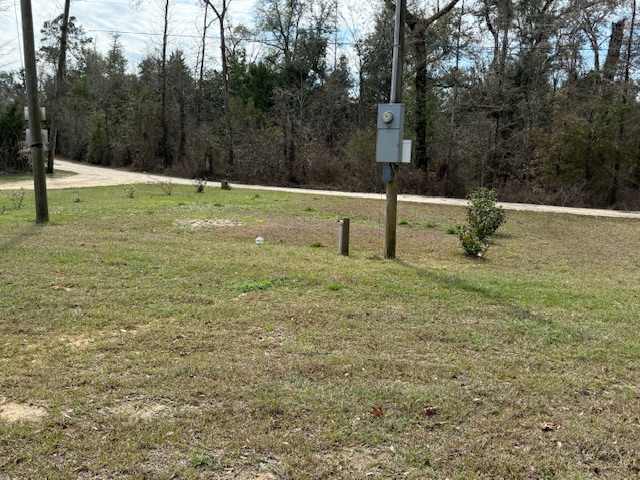
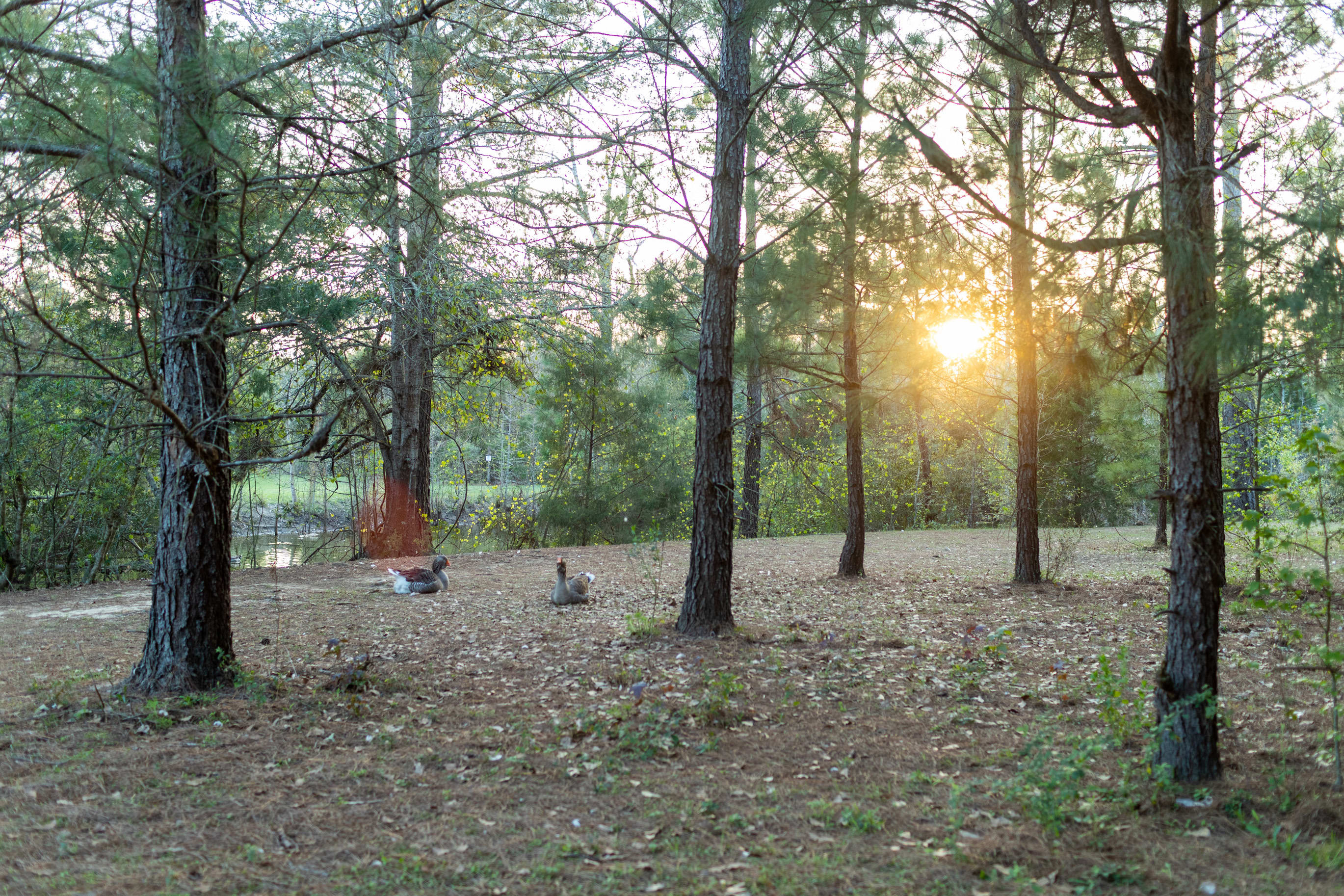
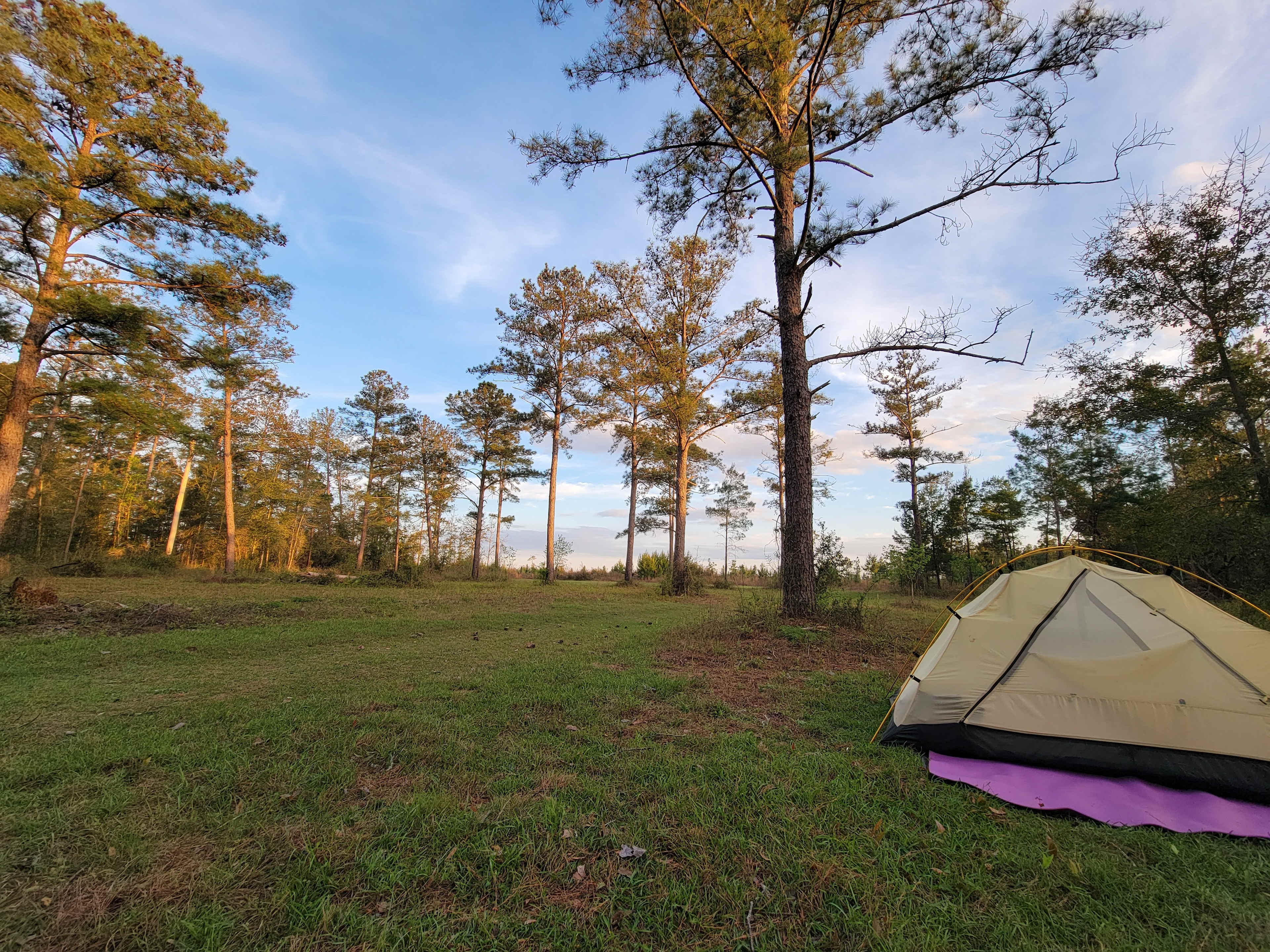
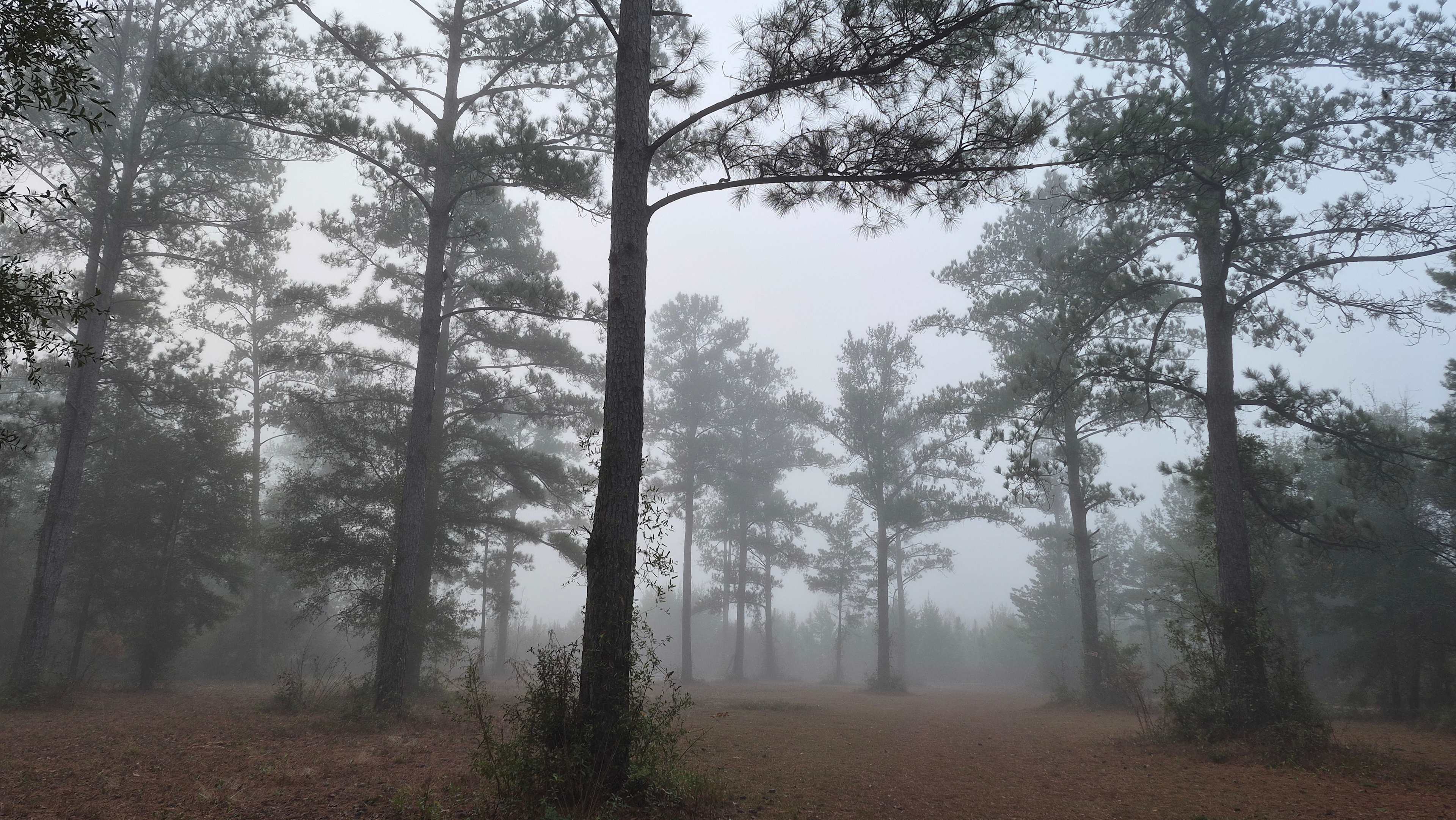

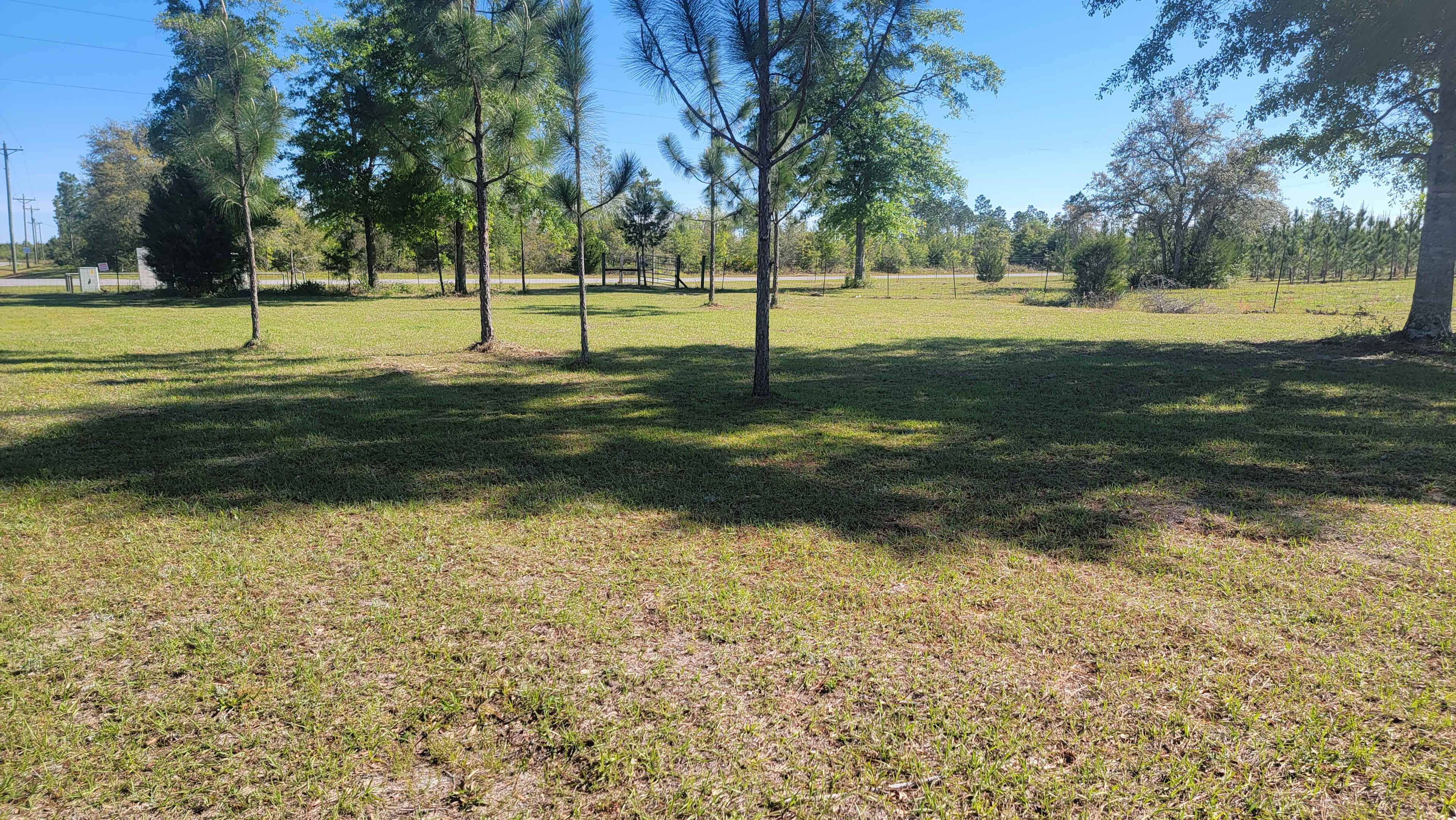

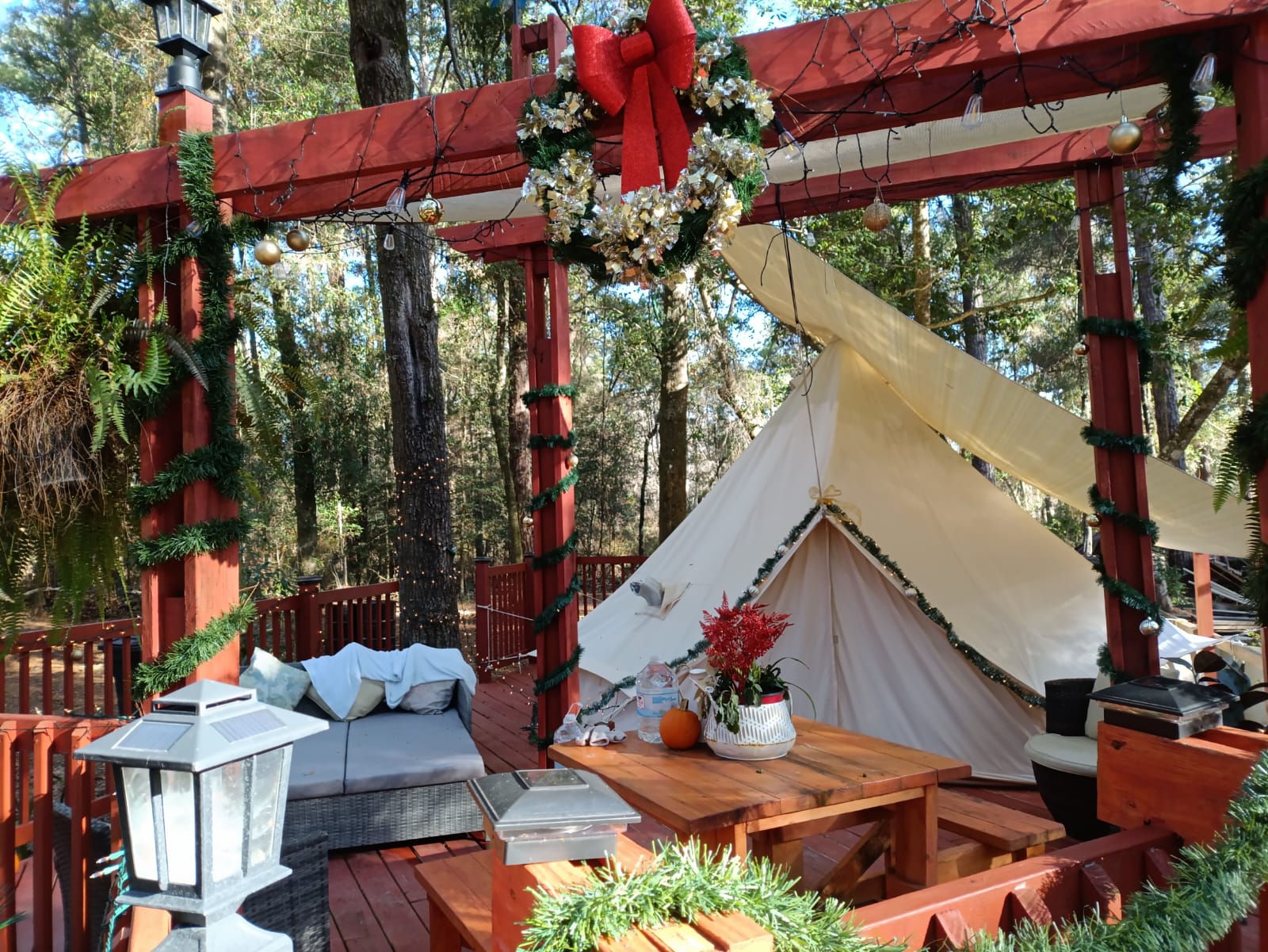

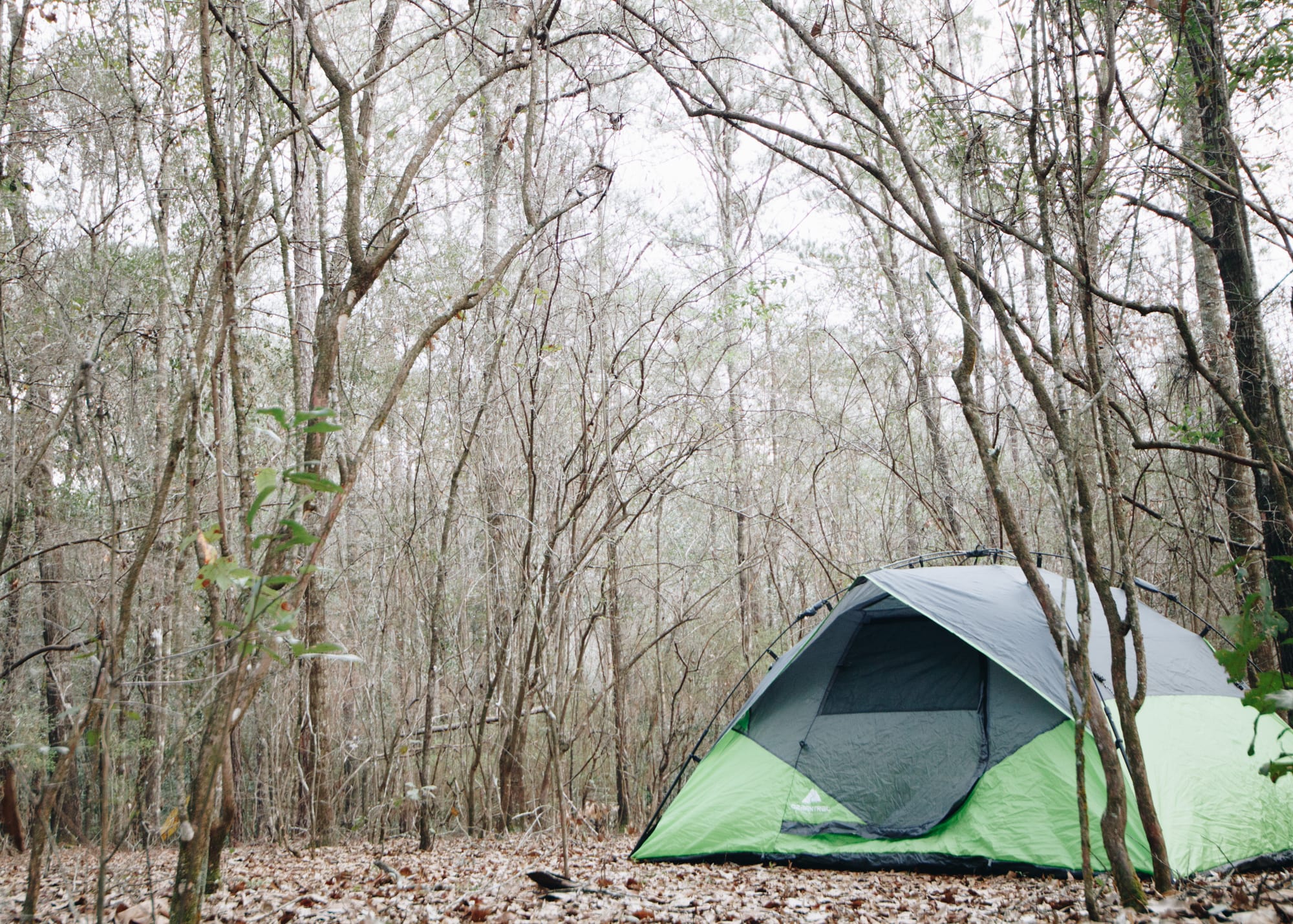
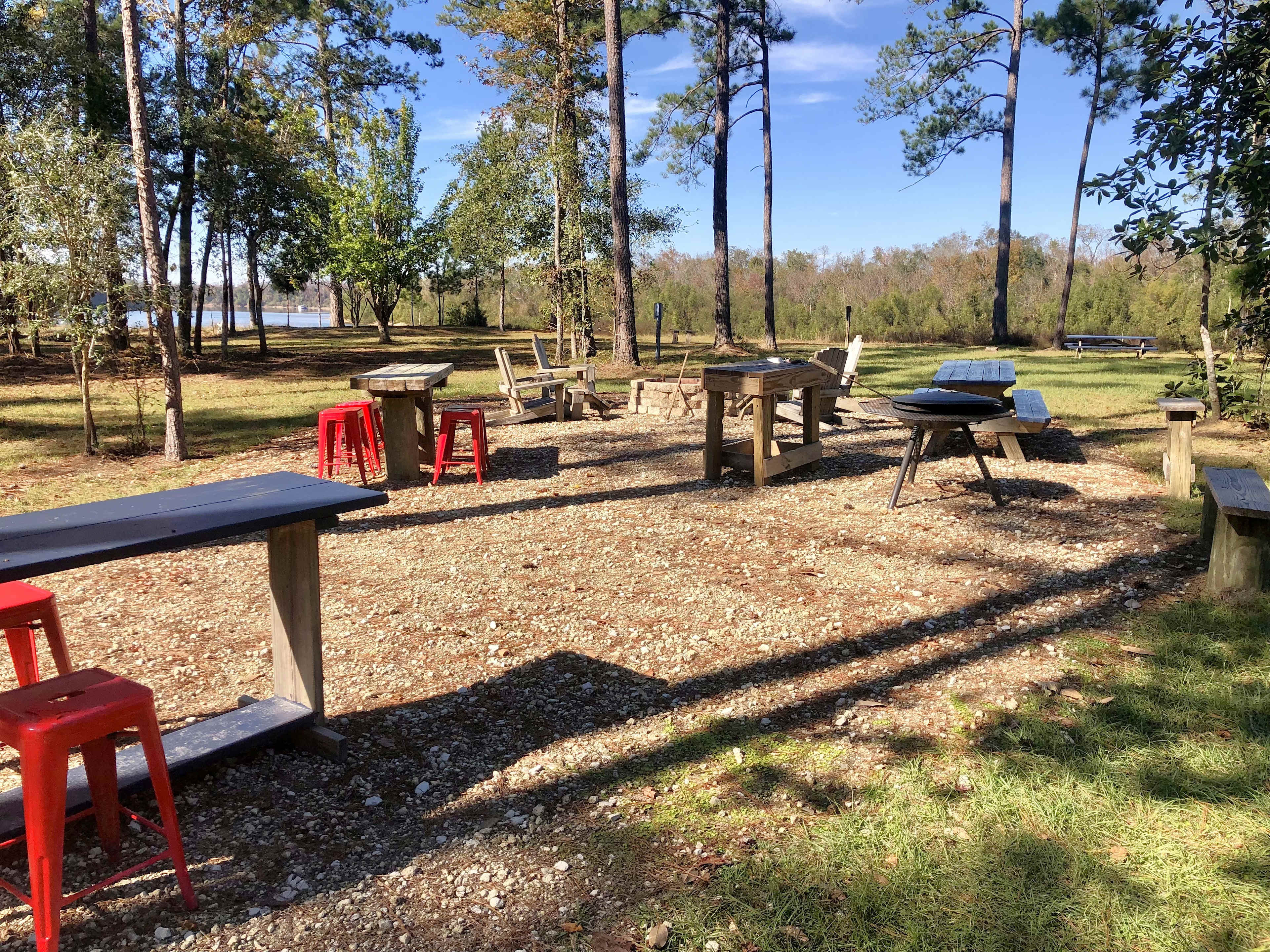
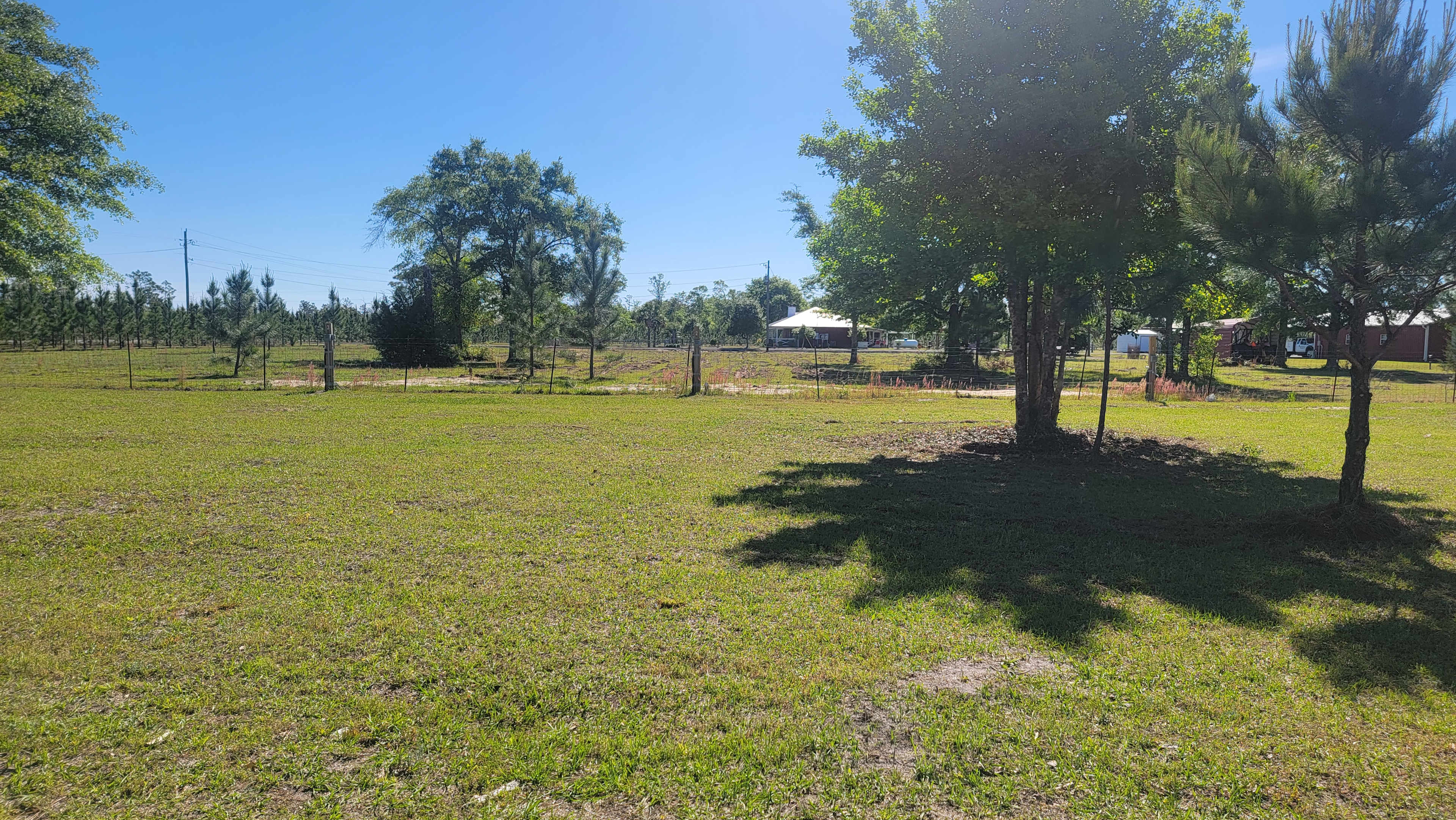
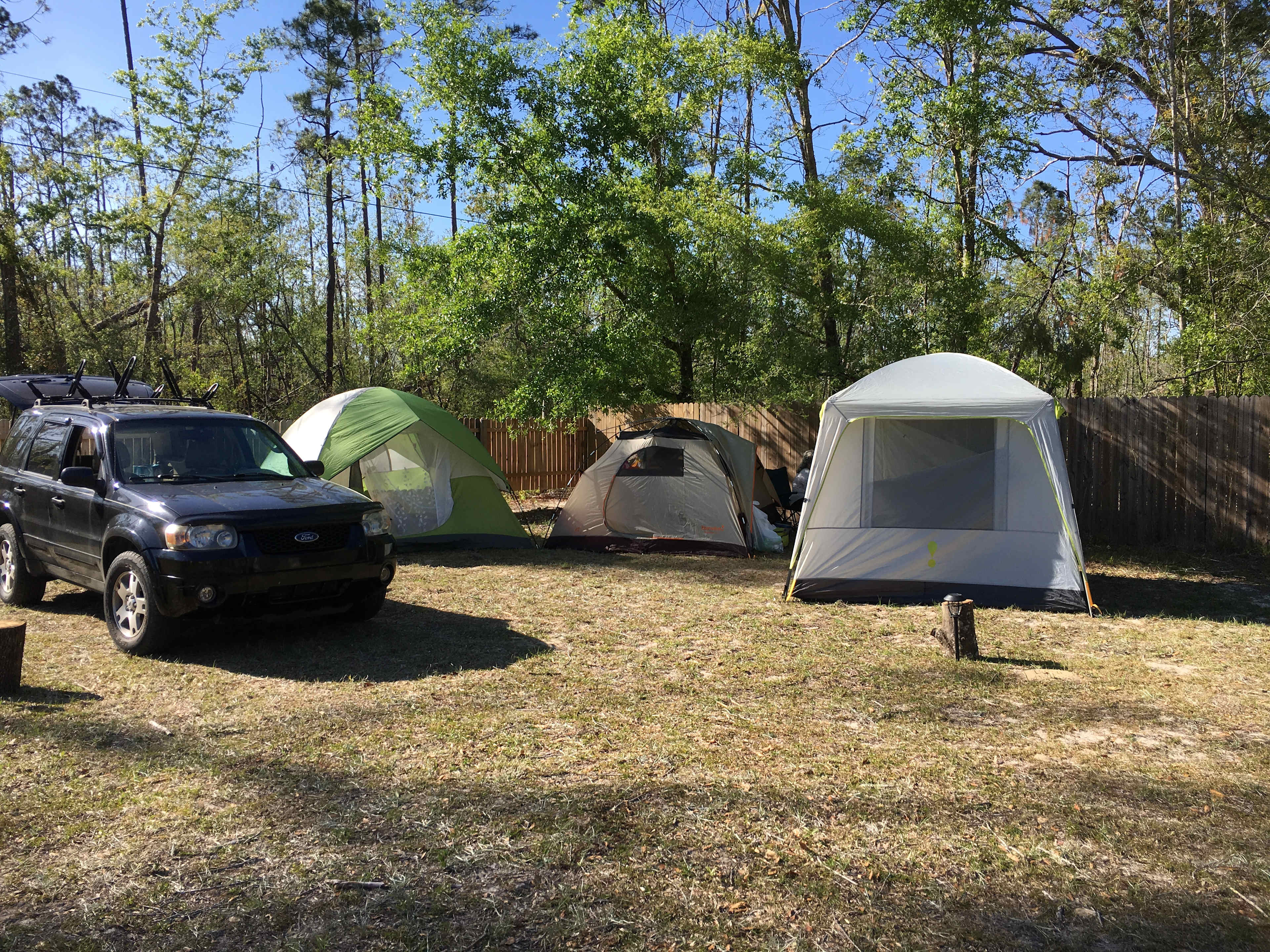
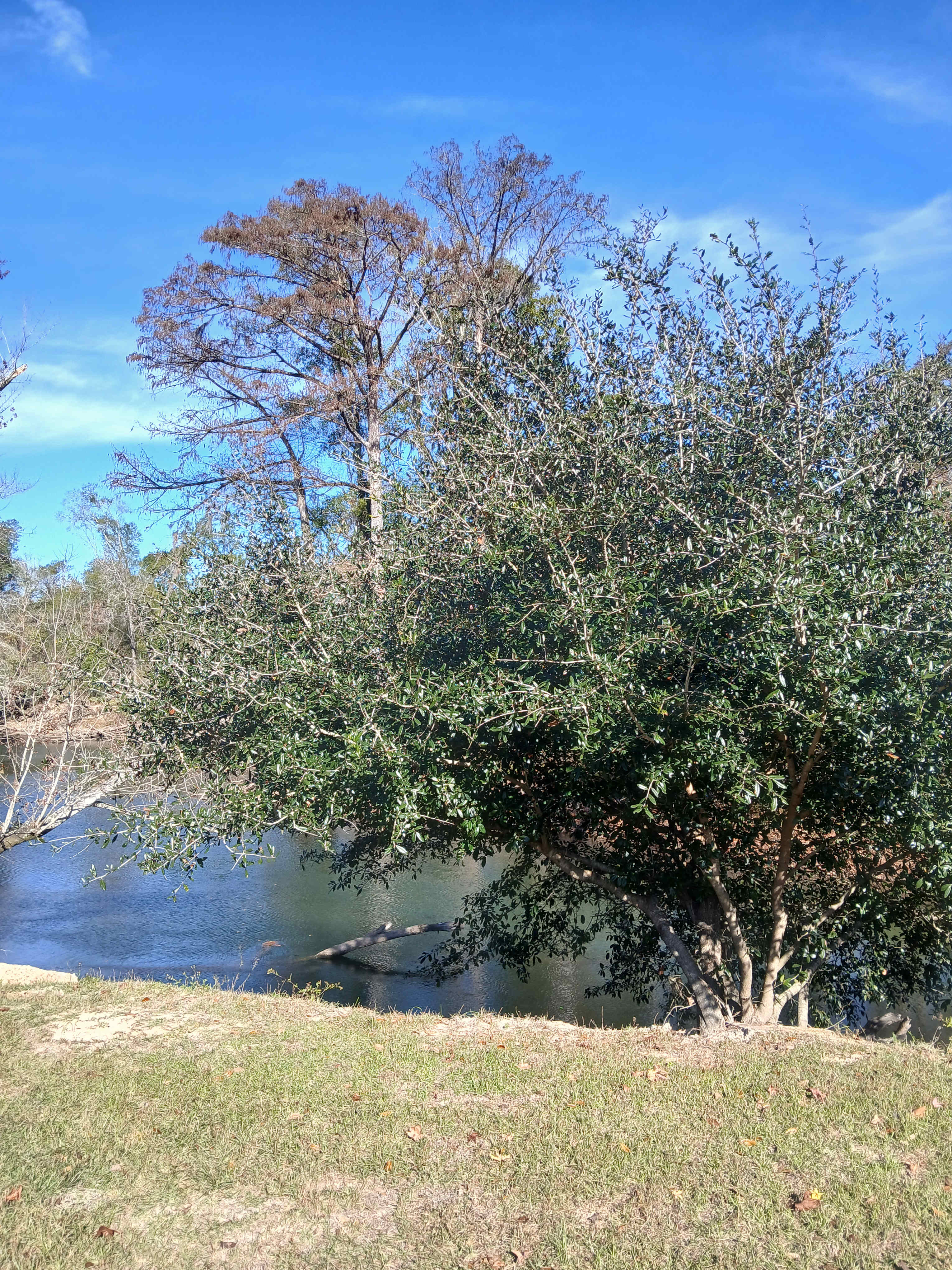
The best camping in Florida Caverns State Park, FL guide
Overview
About
Venture underground into the Florida Caverns—the highlight of the eponymous state park—and you’ll be rewarded with a dazzling exposition of Mother Nature. Gigantic stalactites, stalagmites, and flowstones adorn the limestone caves, and guided tours always feel like an adventure. Above ground, the forested floodplains provide plenty more options for outdoor activities, from boating and canoeing along the Chipola River to cycling, horseback riding, and hiking along more than eight miles of trails. Campers will find plenty of space for RVs and tents at the Blue Hole Campground, and there are also equestrian sites nearby.
Tips for snagging a campsite
- You can reserve the 32 full hookup campsites or six equestrian sites at Blue Hole Campground via the Florida State Parks Reservation website.
- Florida Caverns State Park campsite reservations can be made 11 months in advance for Florida residents, or 10 months in advance for non-residents.
- Campsites can book up as fast, especially for cabins in peak season (April-September) or over holiday weekends, so book at least three months in advance.
When to go
Cavern tours run every week (aside from Christmas and Thanksgiving) from Thursday through Monday. Tickets are available on a first-come, first-serve basis, with the first slot at 9 am, so it’s a good idea to arrive early to snag a spot (particularly if you’re visiting on a summer weekend). Exploring the park is possible year-round, but it’s most colorful during spring and early summer when wildflowers bloom along the floodplains.
Know before you go
- Florida Caverns State Park is located about a 5-minute drive north of Marianna. The main entrance is along Caverns Road, and there are four parking lots located within the park.
- There are day-use fees for all Florida State Parks, and campsite booking fees also apply. The caverns can be visited by guided tour only, and fees apply.
- You can bring your own small boat or watercraft to the state park. Swimming is permitted only in the designated area, and there is no lifeguard patrol.
- Facilities at Florida Caverns include a Visitor Center, a restaurant and gift shop, restrooms, a playground, and picnic areas with grills.
- There are accessible restrooms, campsites, and picnic areas at Florida Caverns State Park.



